GENERATIVE MEMORIES IN BIO PLASTICS
AN EXPLORATION OF GENERATIONAL KNOWLEDGE AND MEMORY IN AN EPHEMERAL MEDIUM.
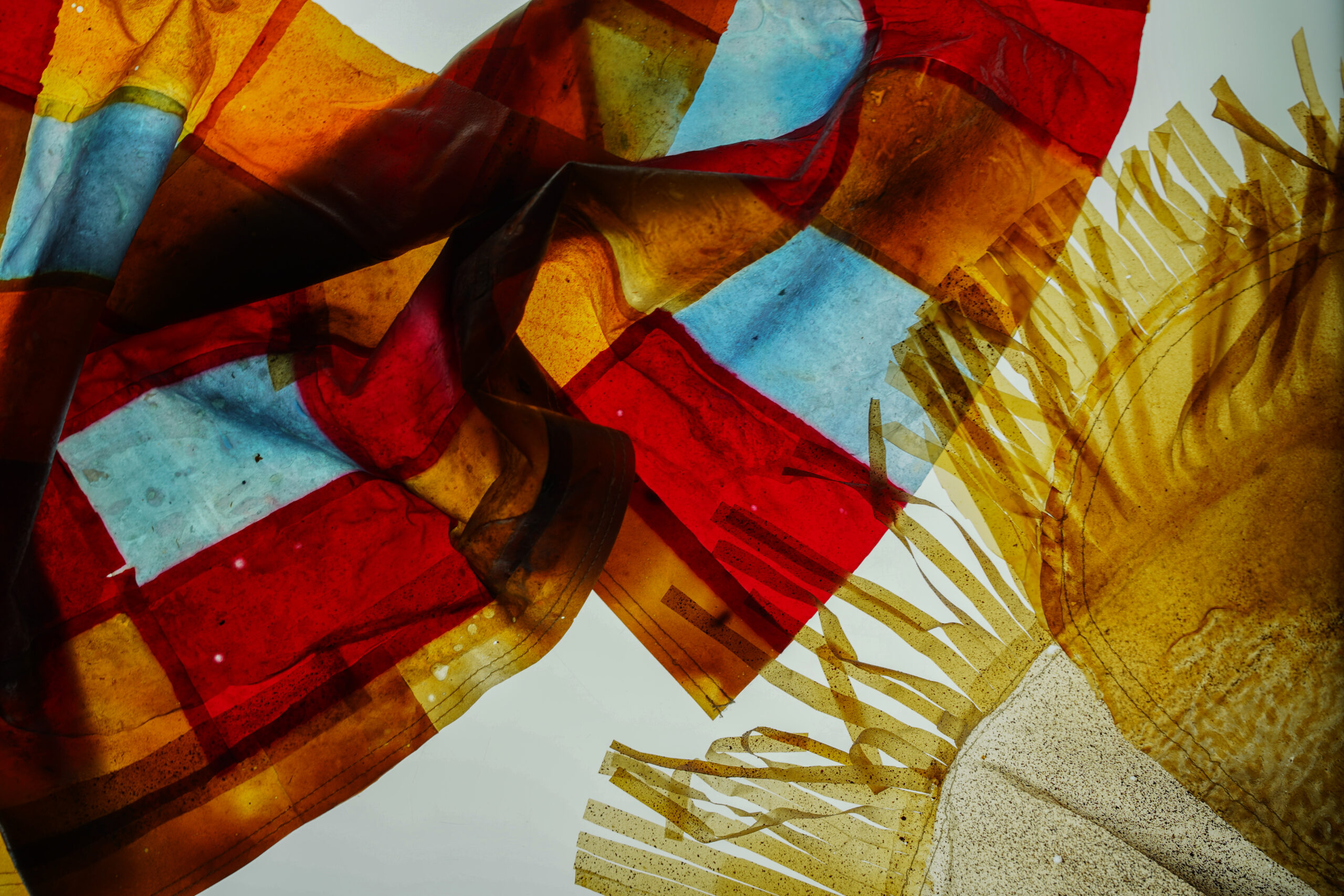
May '22: "Most fine art media are grounded in extractivism; whether using mined clay, toxic pigments in oil paints, or the harsh chemicals used in darkroom photography, there is an irony in the contrast of art as such an important social beneficiary and its negative environmental impacts that often go unnoticed.
During the Spring semester of my second year at university, I designed an independent study in bio plastics to address this issue. After weeks of experimentation with different plastics and natural dyes, I began sewing the material. Upon reflection of why I sew, the project suddenly fell into place: My grandmother made all of my mum's and her sibling’s clothes when they were children. My mum learnt these skills from her and went on to become a knitwear designer. She in turn passed the skills on to me. Textiles bring me home to them. Now, however, my grandma has very advanced Alzheimer’s and doesn’t recall any of this knowledge that was so fundamental to her life and her influence on others.
My mum, on the other hand, has an exceptional memory with clothes. She remembers outfits that she wore on certain days of her life down to the texture of the button or the bias of the fabric on a dress. Some of these memories are from seemingly insignificant days, like a day trip to Brighton at 17, but others are profound: She remembers what she wore the day she met my dad, to her father's memorial, the day that I randomly bit her cheek really hard while we were at a market when I was just growing teeth..., her 21st birthday, her best friend’s wedding. The list is impressively long.
I wanted to explore generational knowledge, skills, and storytelling through my mother’s memories of the clothing that ties us three generations together. Bioplastics metaphorically lend themselves to this story as they are inherently temporary and made to biodegrade".
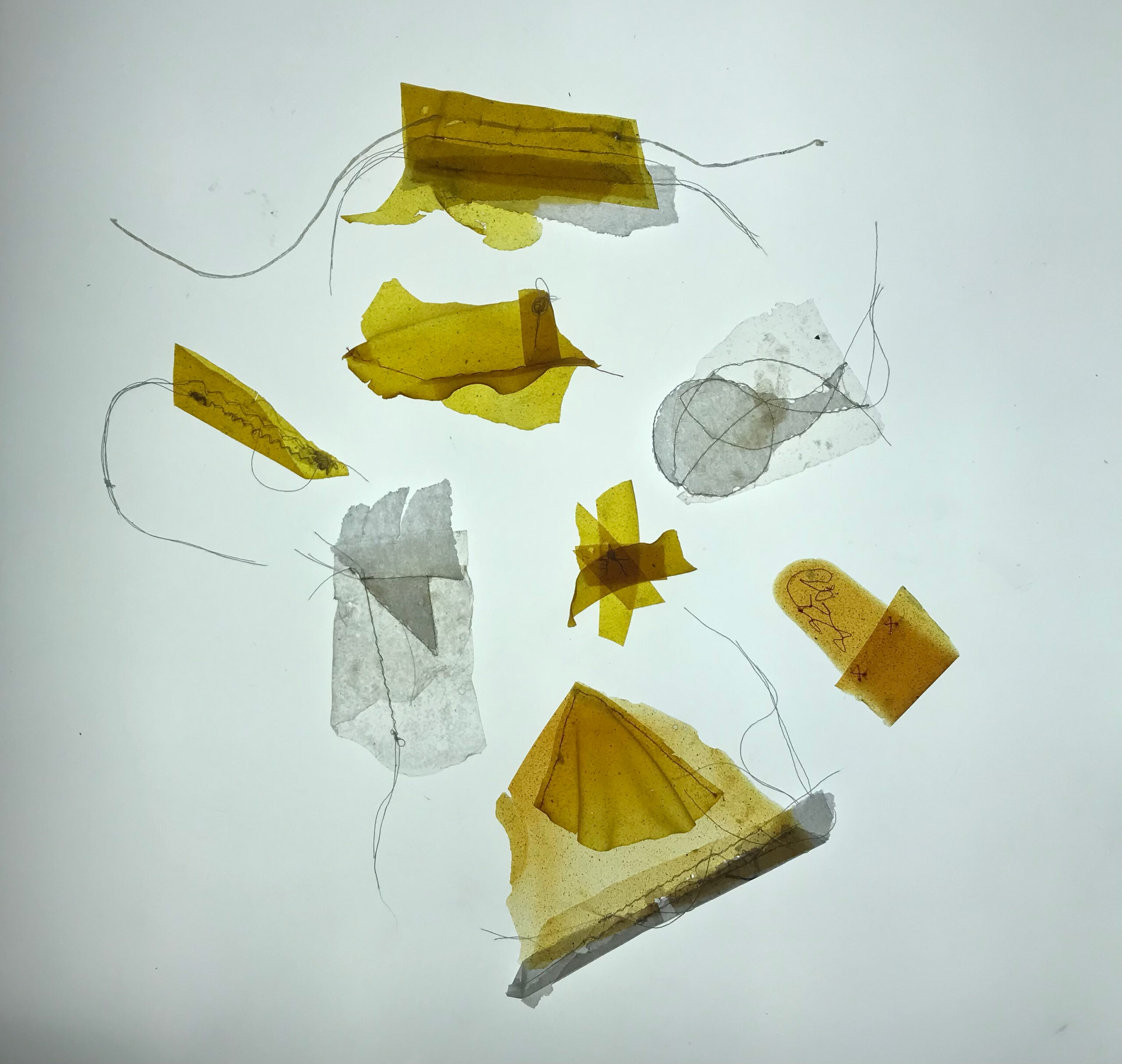
PROCESS
I purposefully began this independent study with no plan other than to explore the use of bioplastics as a potential medium for fine art. I wanted to allow myself time to simply experiment and play. With a medium that was entirely new to me, and with little public knowledge on its use in this context, this freedom was important.
I began the study by experimenting with different plastics to see which materials I was inspired by. I made plastics with corn starch, carrageenan iota and kappa, and agar agar, all in varying ratios with glycerin. I landed on Carrageenan Iota and Agar Agar for my pieces because of their flexibility.
Both plastics are made from powders derived from the cell walls of different genuses of red algae, Chondrus crispus and Eucheuma denticulatum, and Gracilaria and Gelidiaceae respectively. Both are polysaccharide chains, but Carrageenan is sulfated which gives it different qualities to Agar Agar.
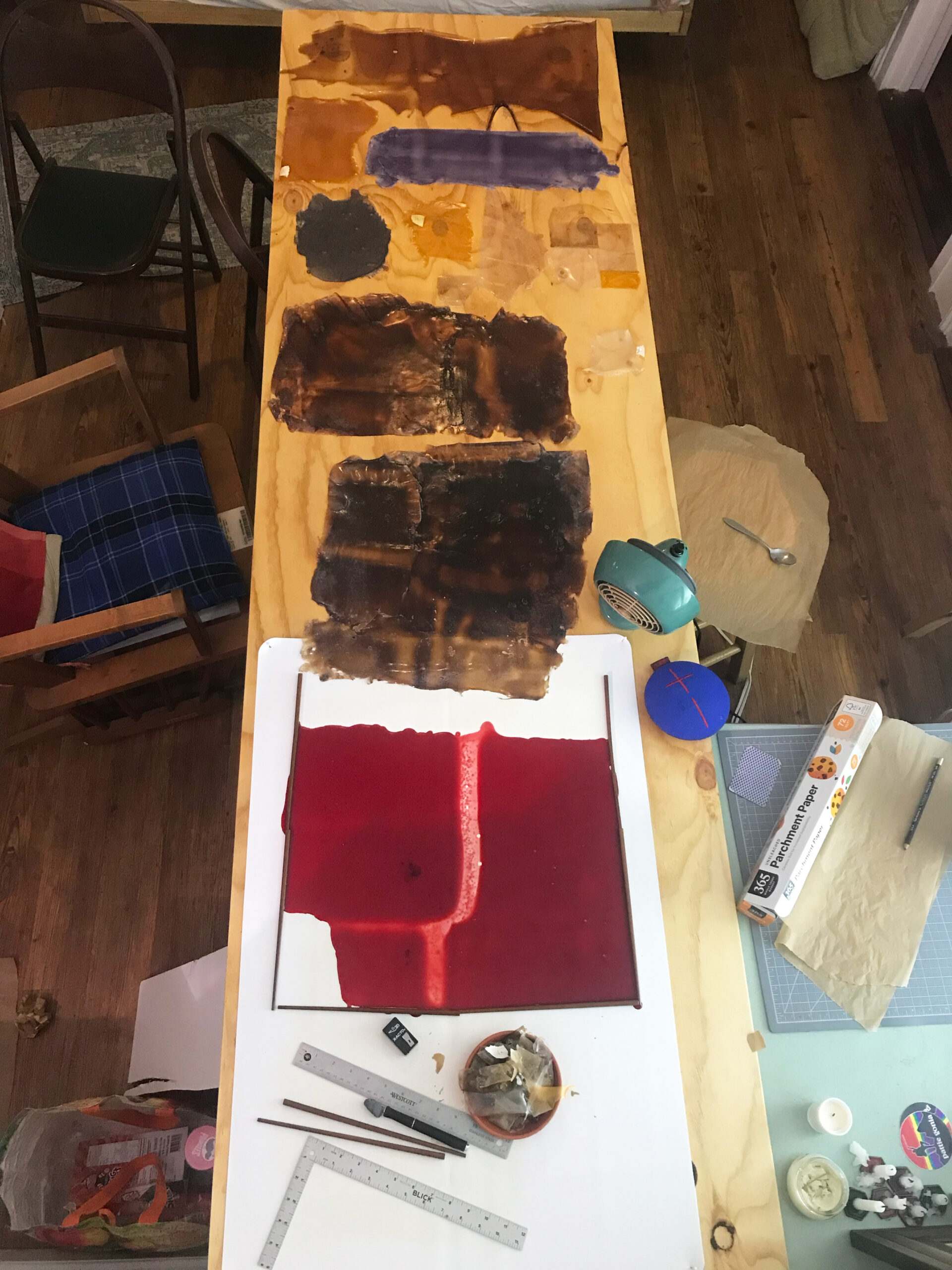
DYE
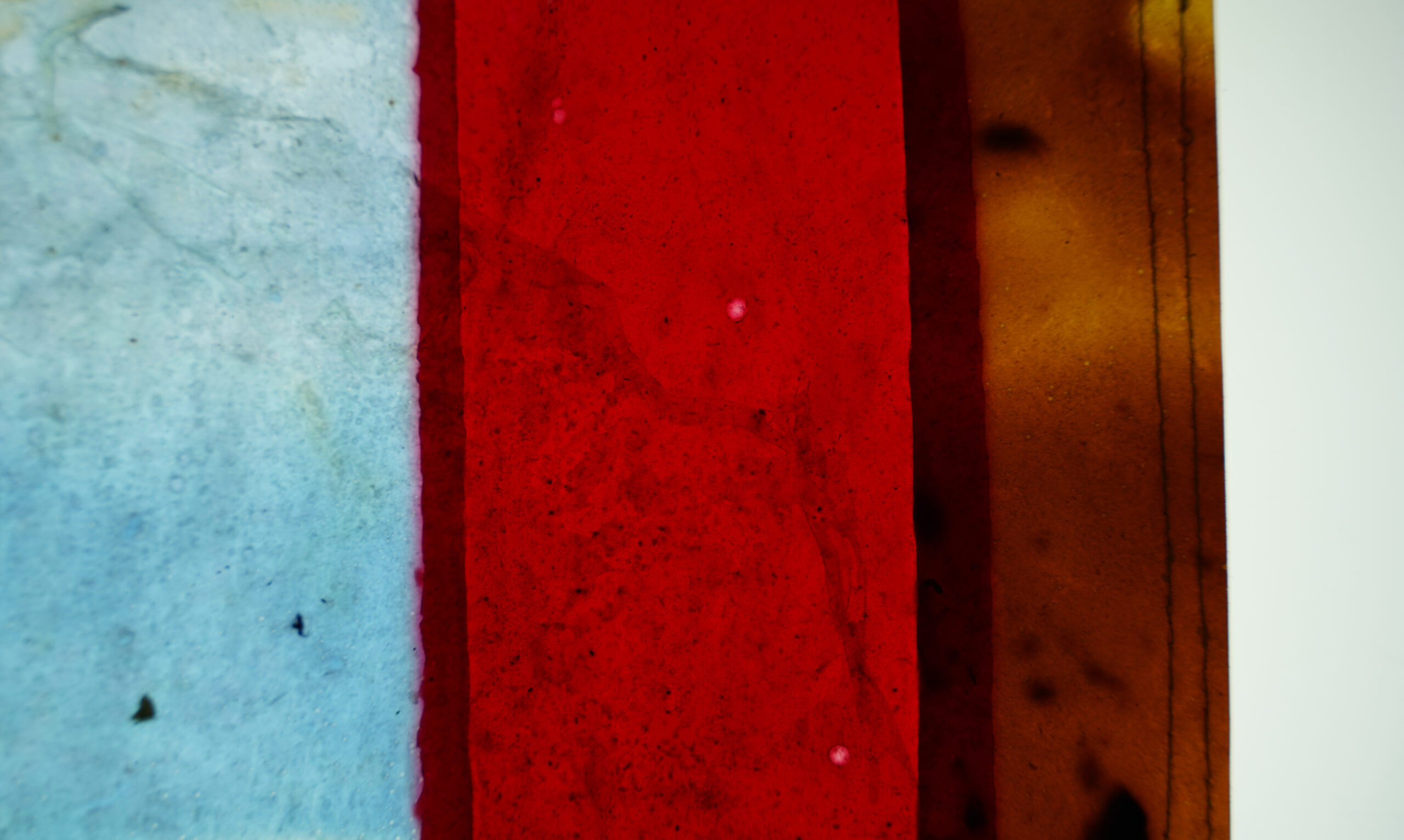
I boiled beetroot to make rich reds.
Turmeric makes an Indian Yellow. When mixed with beetroot, you can make red-oranges like Cadmium Red Light.
Coffee makes a Burnt Sienna/Umber or Gold Ochre.
Butterfly Pea Flower makes an electric blue like Cobalt Teal. When you add lemon, a titration occurs that turns the liquid purple.
Ground vine charcoal makes a surprisingly opaque black.
OUTFIT 1
The first outfit that I recreated was a suede patchwork skirt and tasseled vest that my grandma made for my mum when she was 11 from scraps from other projects. My mum fondly remembers wearing it with red clogs with flower appliqués. This was perfect as the first piece of the study as it allowed me to work out kinks in the plastic fabrication process.
This piece ties the three generations clearly as my grandma made it for my mum, who described it to me, who then remade it from agar agar.
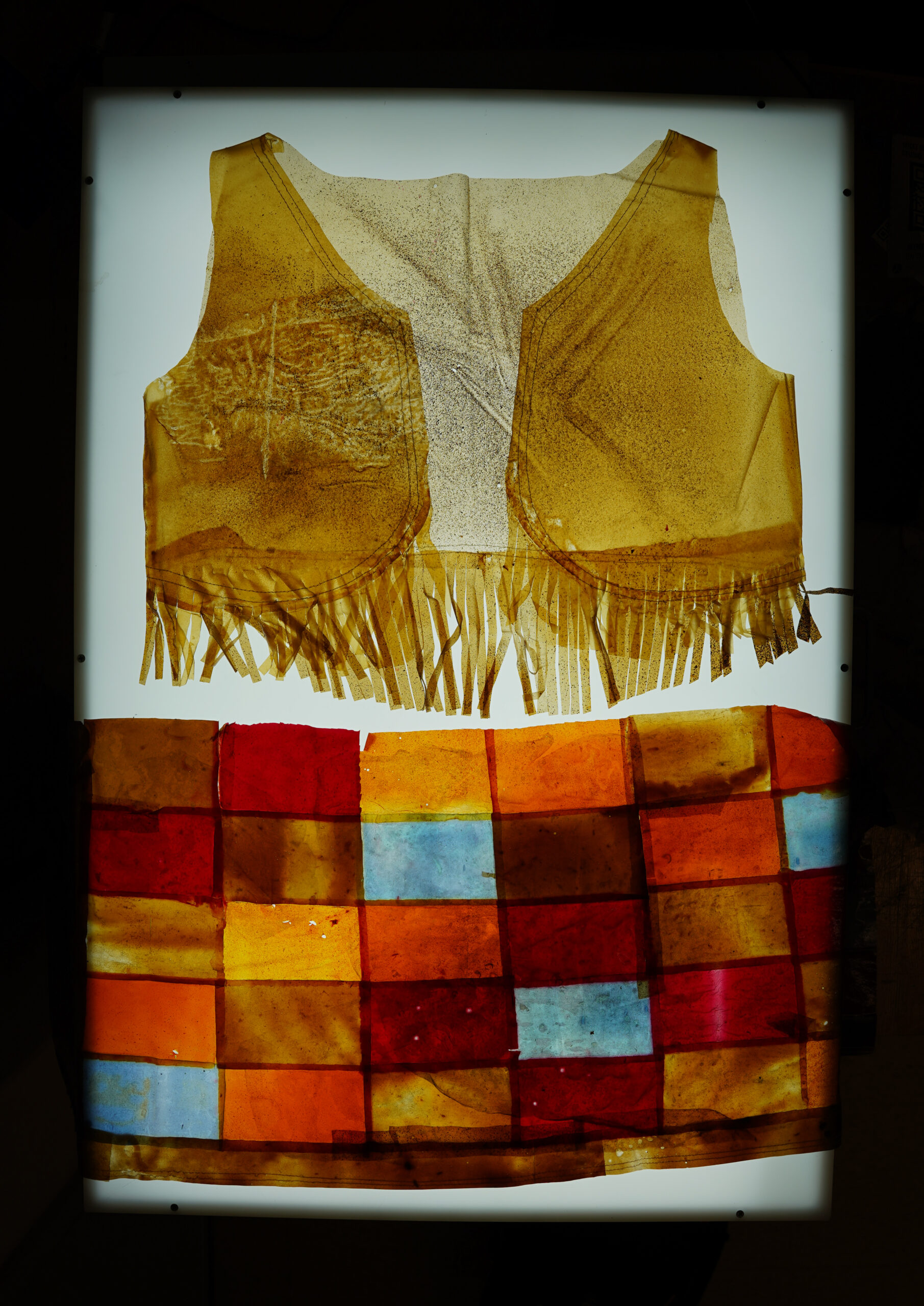
Bio plastics lend themselves to this discussion of memory with their temporality. With proper care, they can be preserved, but they will also inherently become obsolete one day. The temporality of the material causes us to think about time on various scales. Whether it is the lifetime of the real clothes, the bioplastic clothes, a person, or the multigenerational experience combined, the eventual obsolescence of the pieces made in the project develop the discussion of personal memories and their melancholy impermanence, but also the issue of climate change. It makes me think about all of the things that we will lose. The things that are a fact of life today that will cease to be because of industrial planned obsolescence, corrupt governments and colonialism, and capitalism. In this way, the recreation of clothing from my mum’s memories is a personal exploration into my family’s past and the importance of these generational connections and memory on a personal level, but also a way to grapple with climate change as a collective temporal and existential phenomenon.
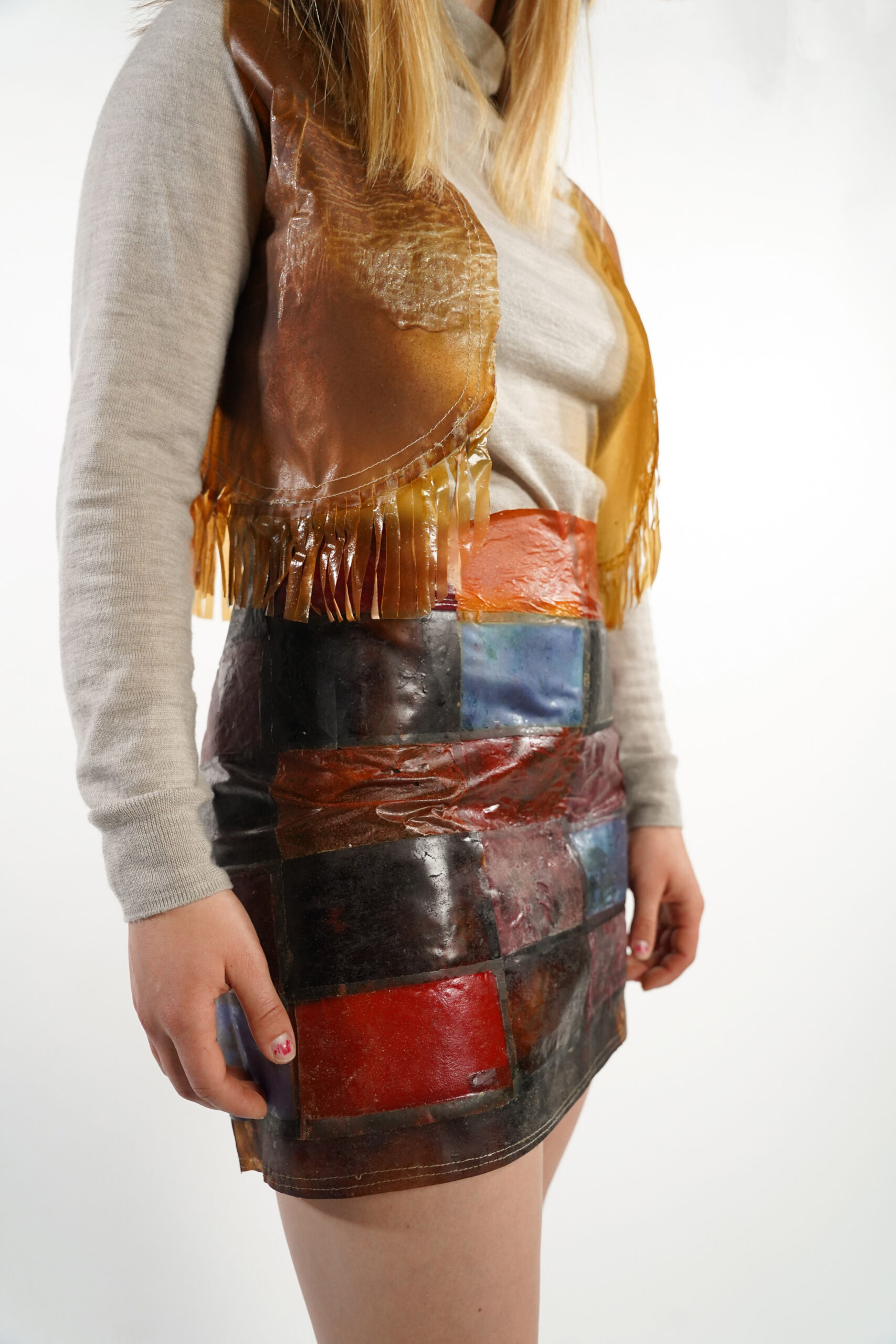
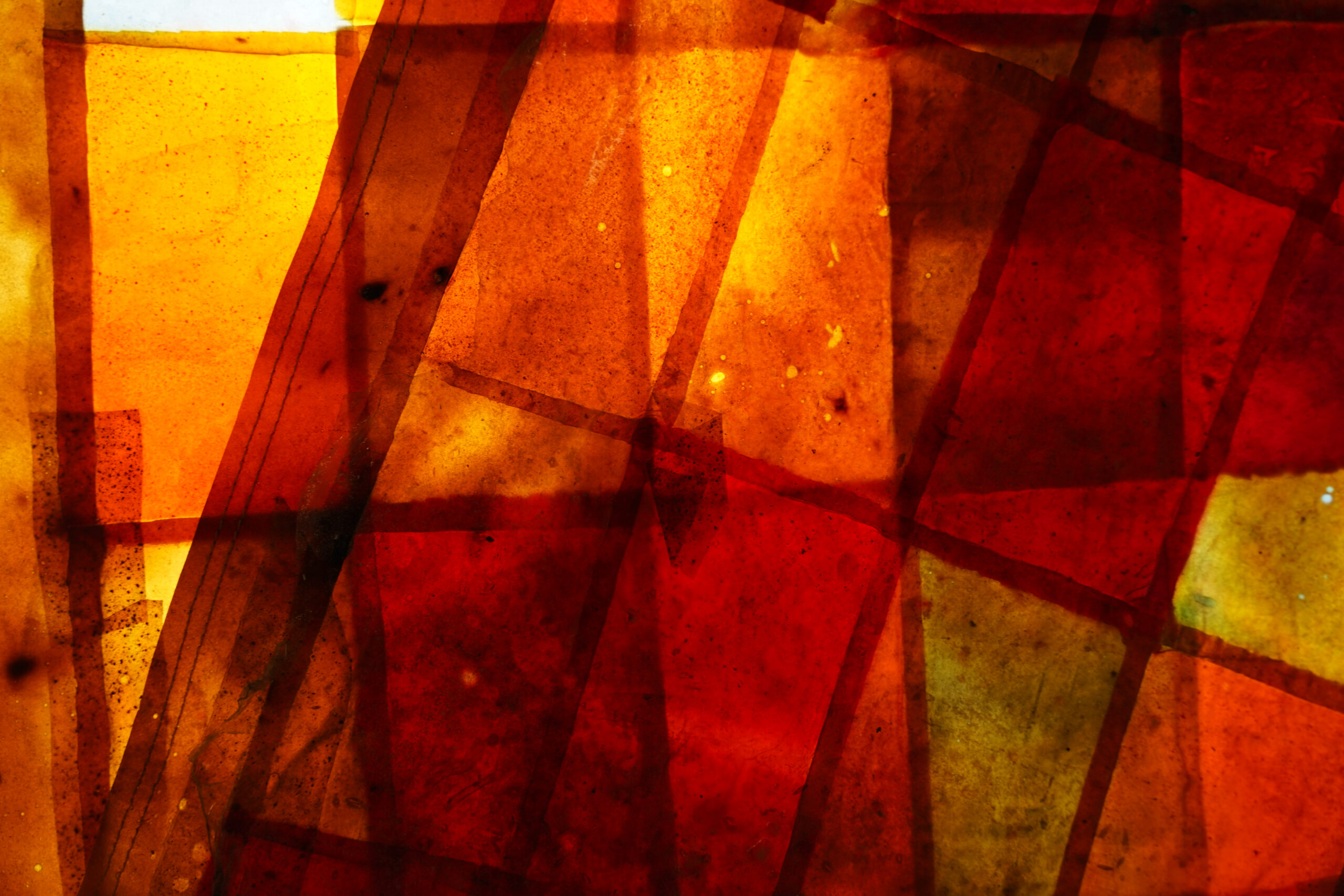
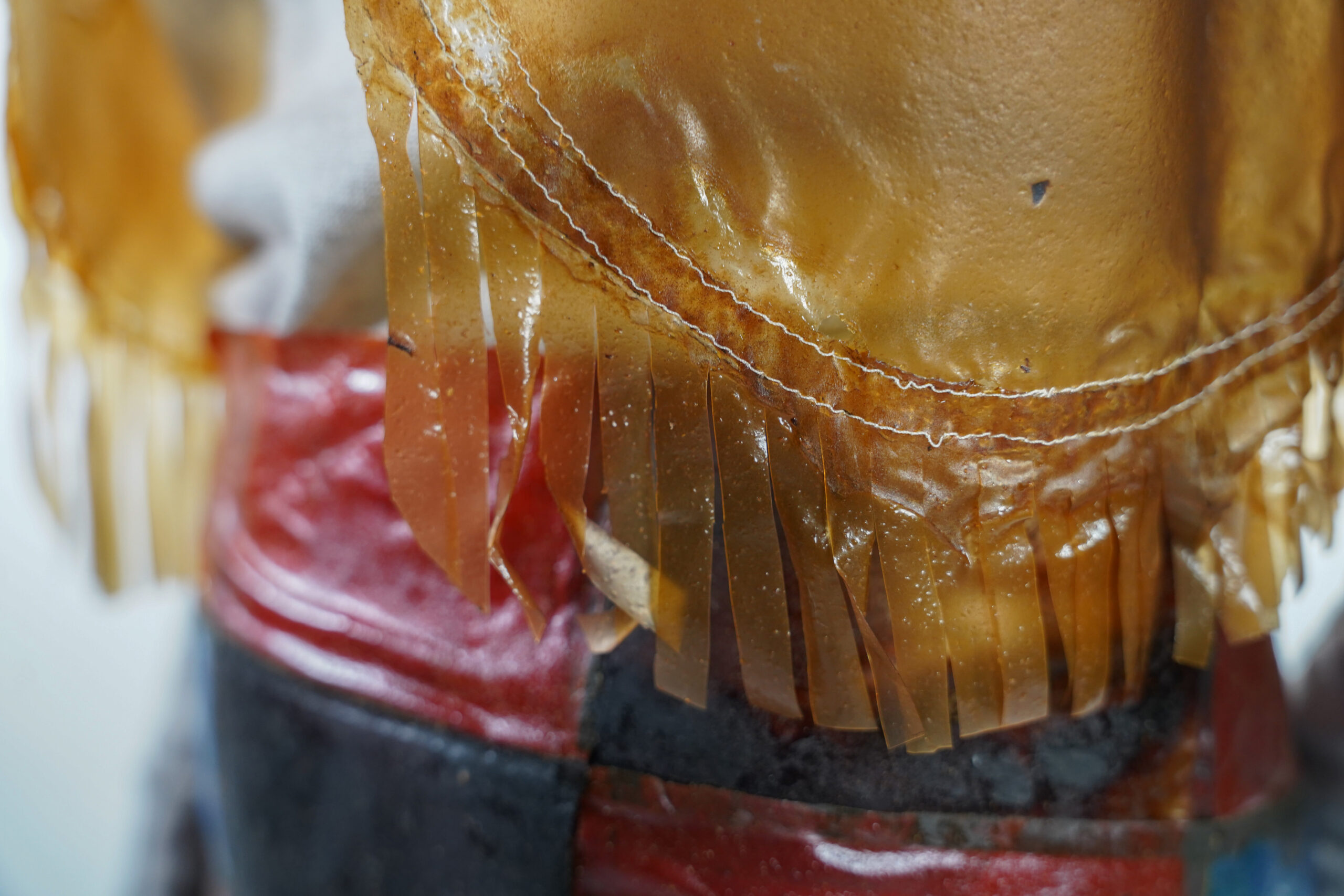
Agar Agar bioplastic died with coffee, turmeric, beetroot, and butterfly pea flower, textured with garlic powder
OUTFIT 2
The second piece was the dress that my mum wore the day I was born. She put on her favorite maternity dress as she “was determined to do this with elegance”...! The cardigan in the coming photos is the actual one from all that time ago that is now a hand-me-down that I love. The emphasis in this piece is the delicate and airy flower pattern and the scalloped lace detail. I made this dress from carrageenan iota because it can be thinner than agar. This lent itself to the silken texture of the dress that I was trying to recreate.
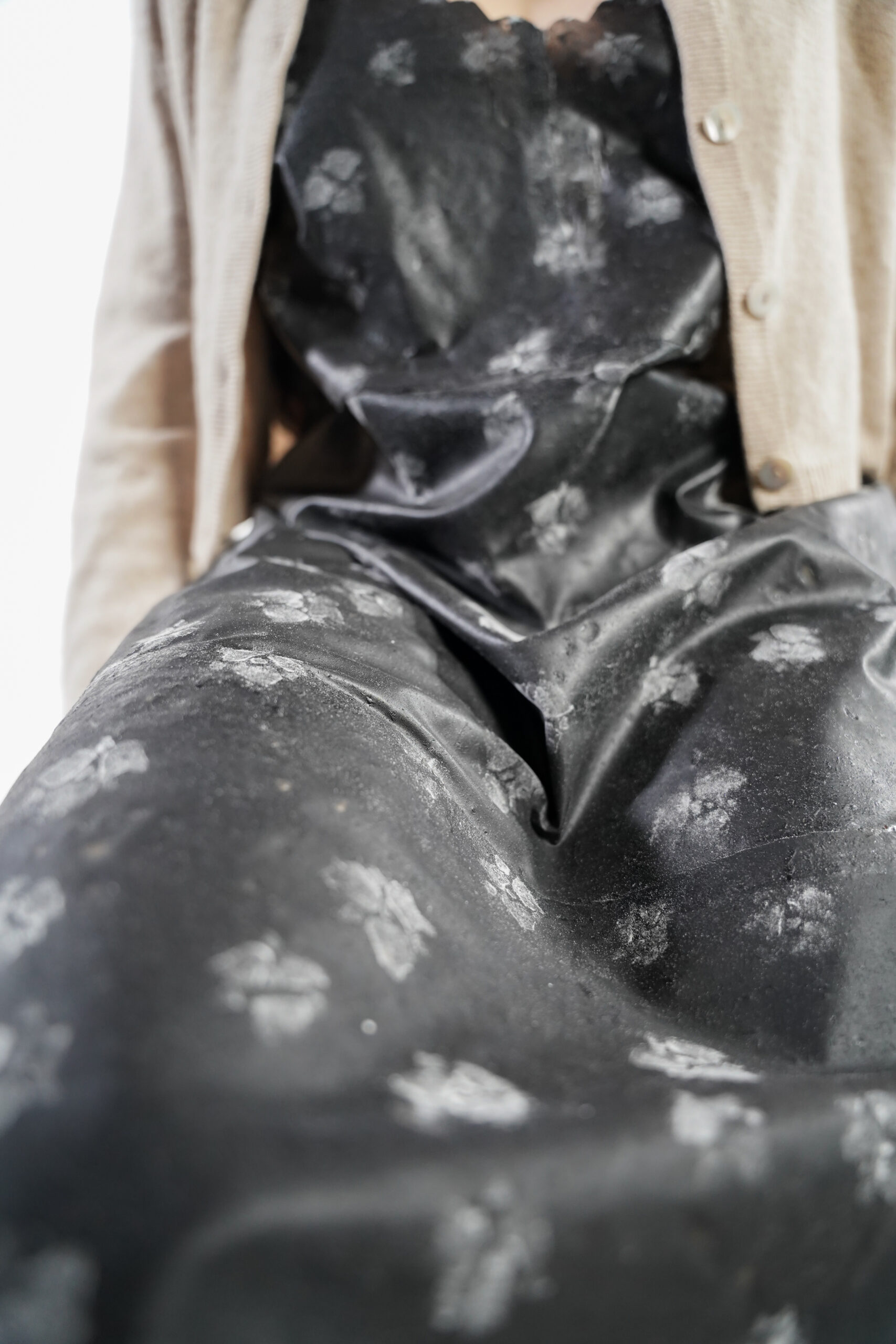
Charcoal-dyed carrageenan iota with flour.
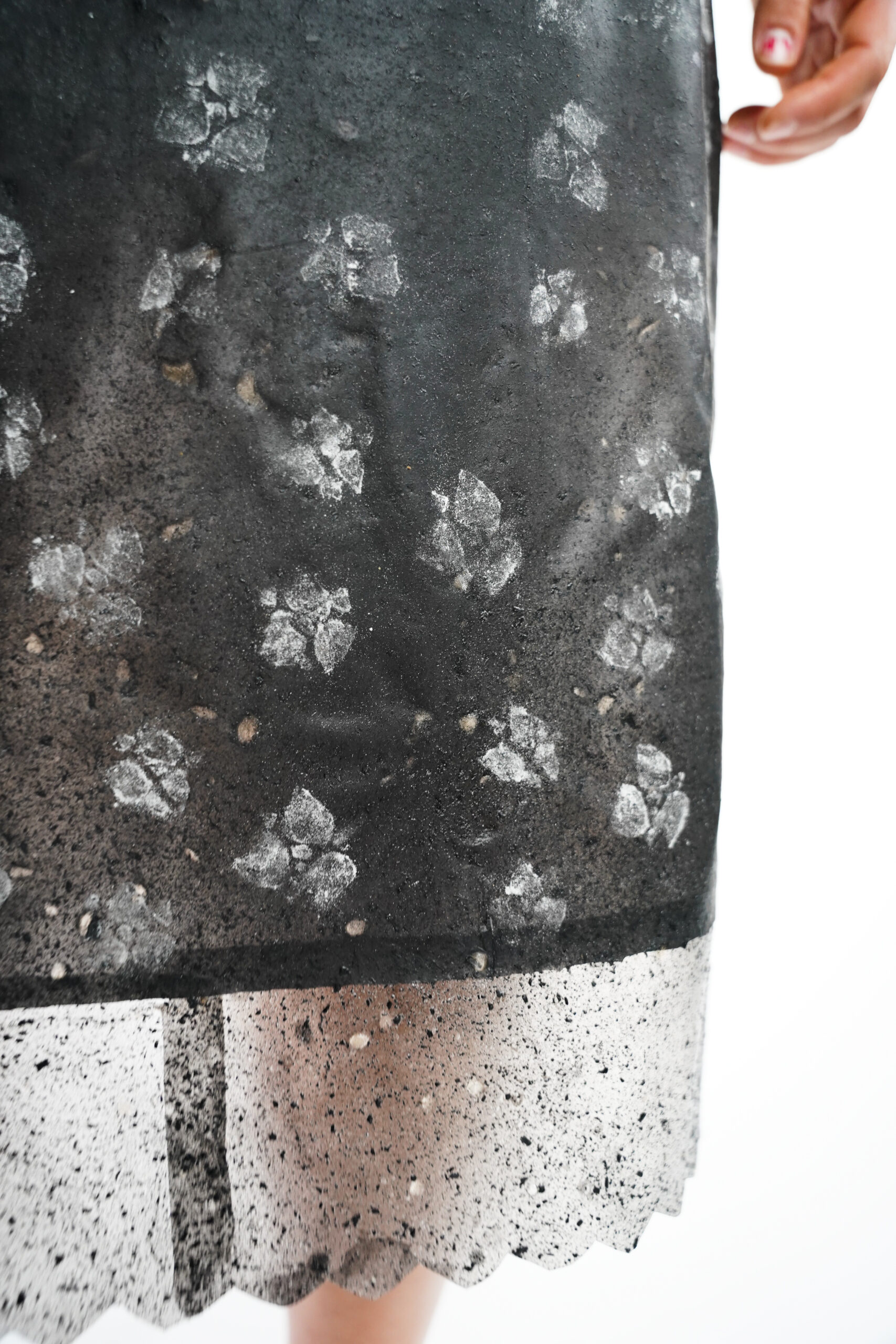
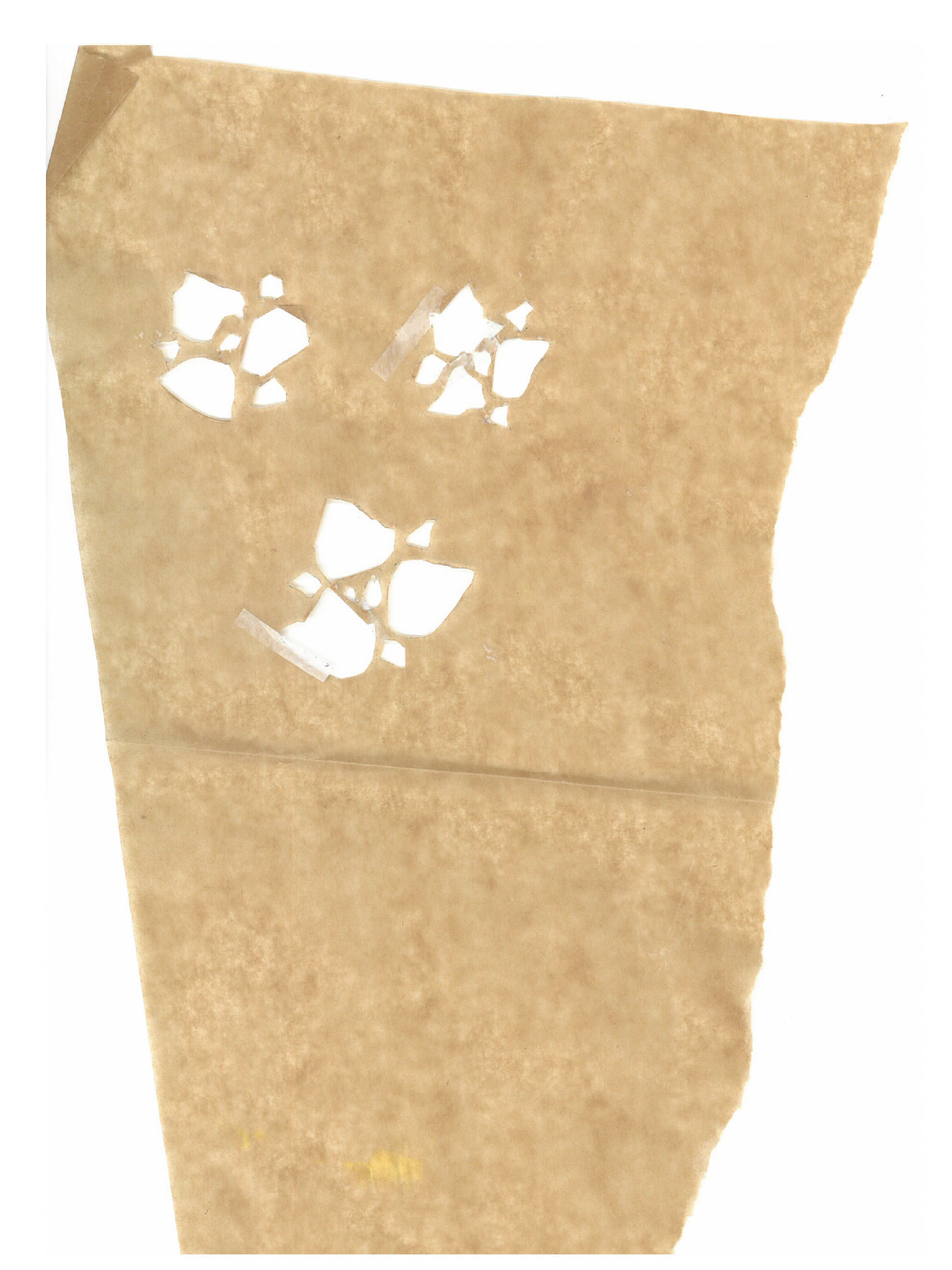
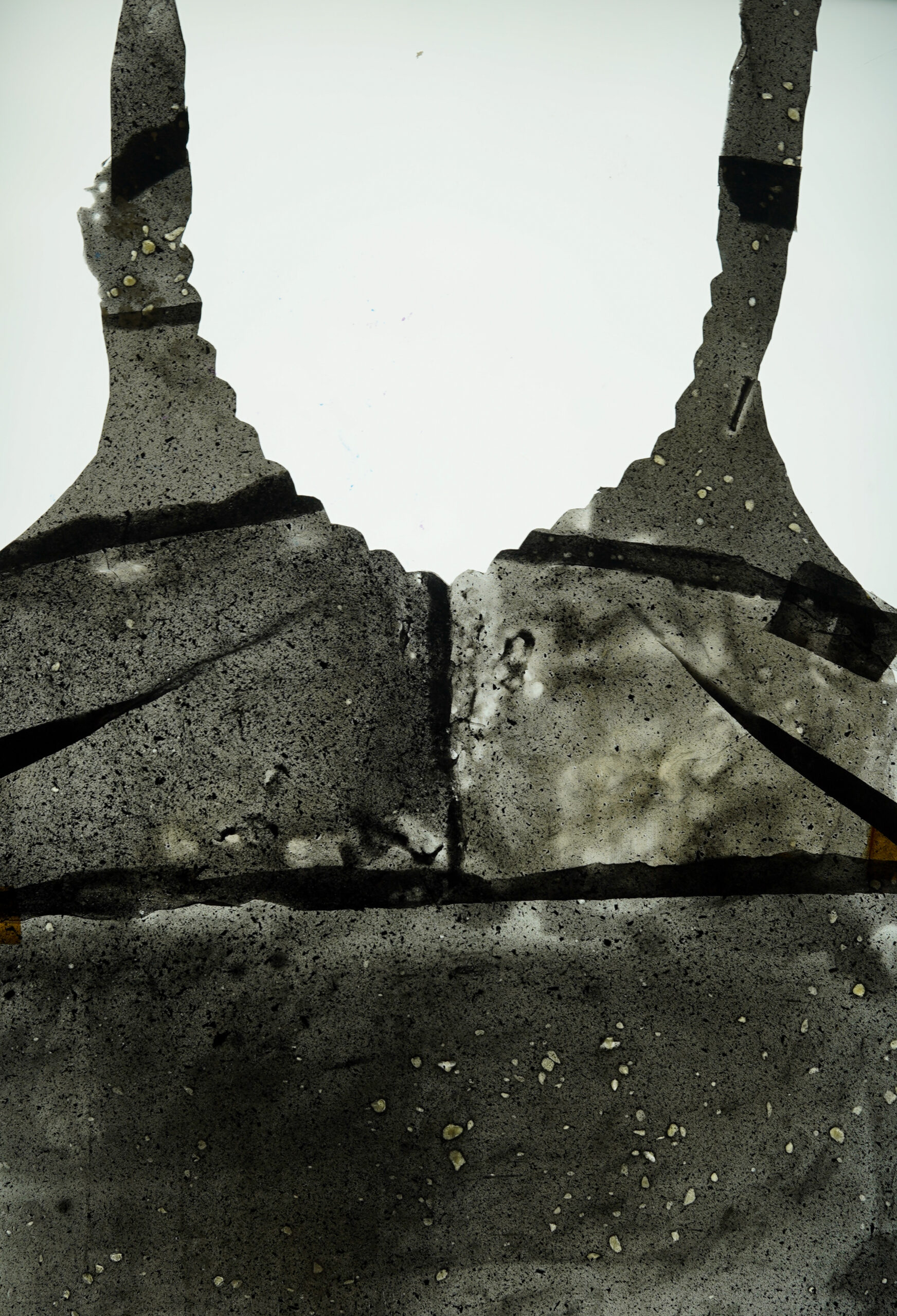
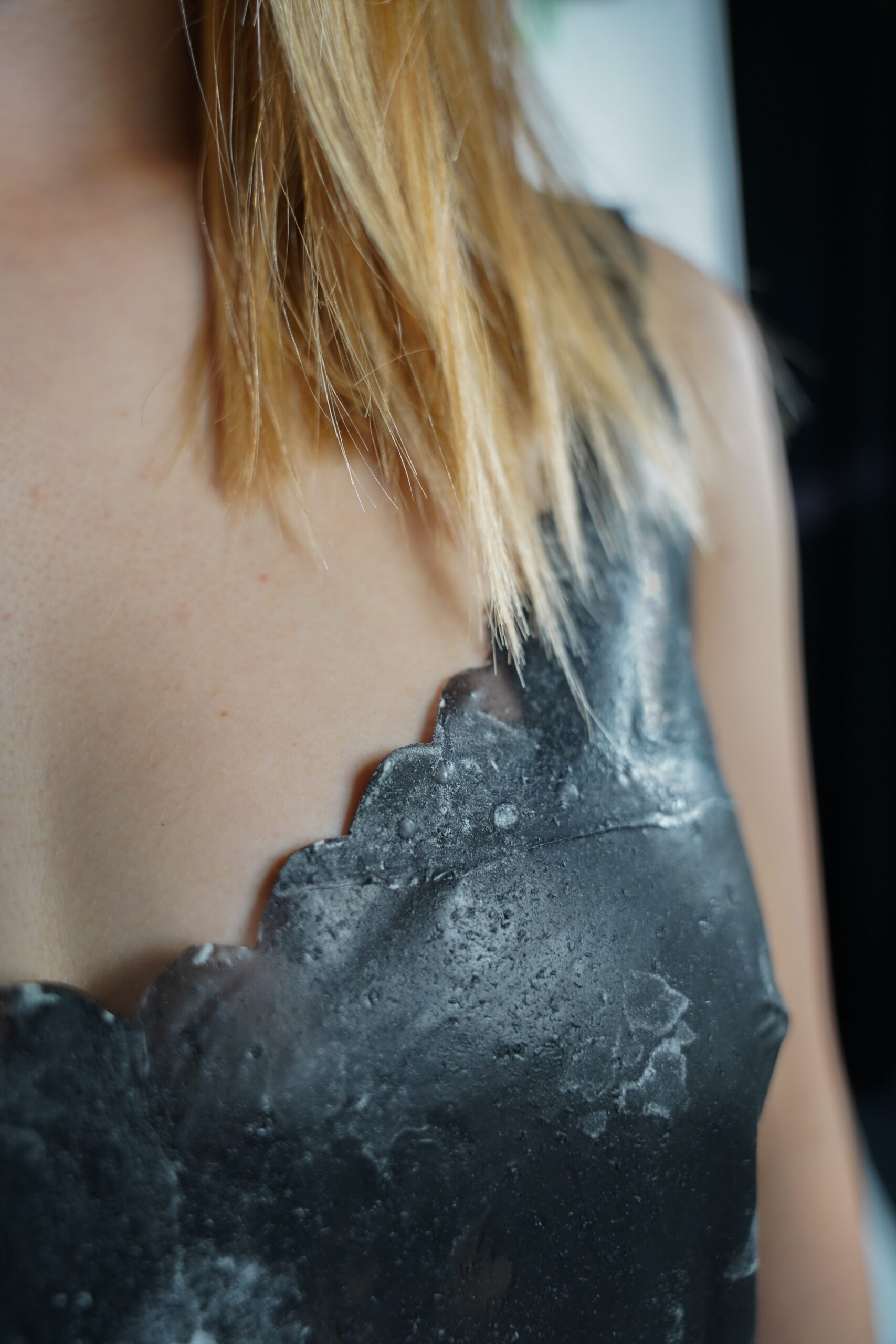
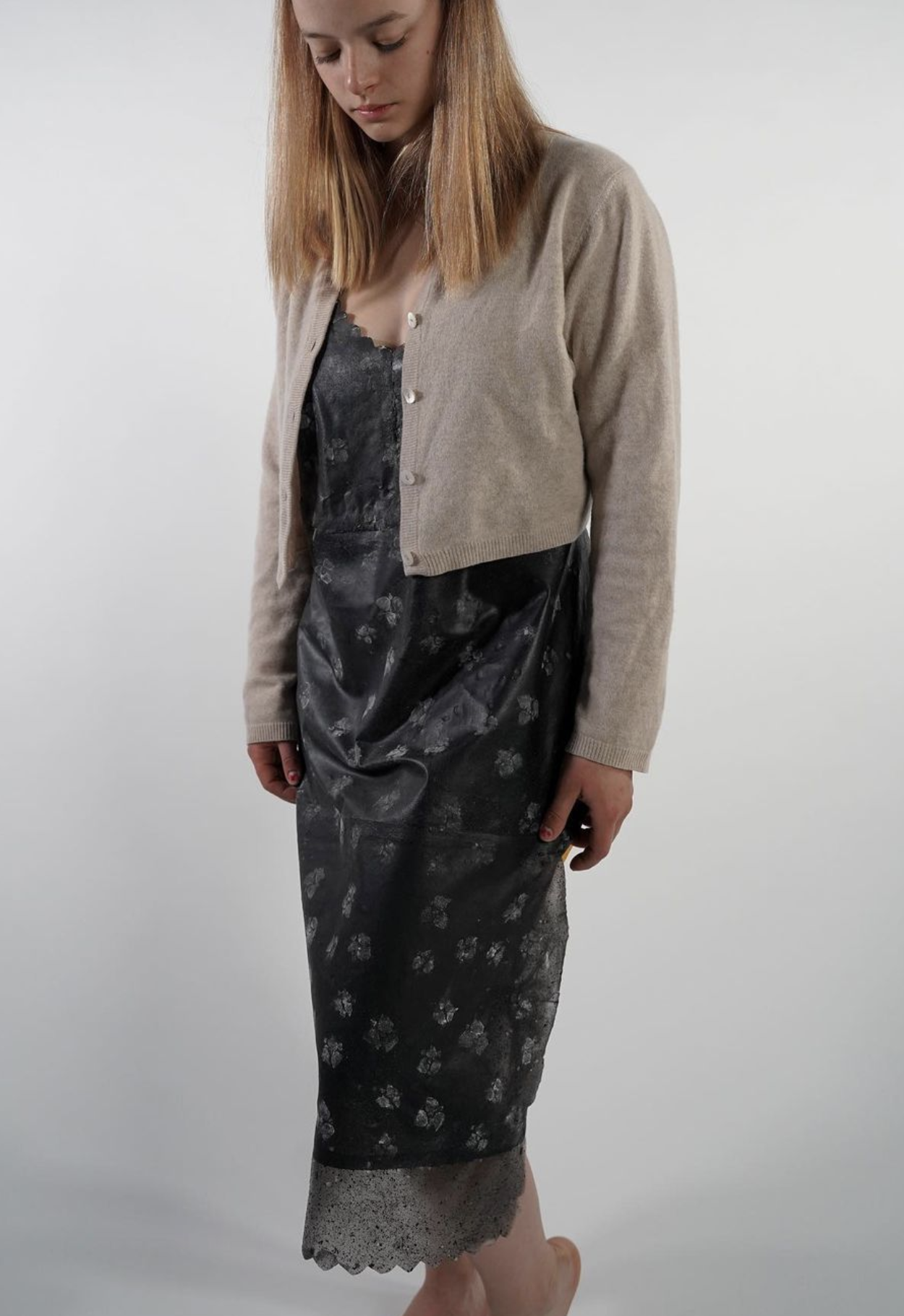
DISPOSAL
Given so much of the meaning of this project is found in its impermanence, the disposal of the project as some kind of ritual or event is important.
My family has a very strong food culture, which brings a lot of joy, and is another aspect of the generational knowledge that is intrinsic to this project. While researching for this project, I discovered the concept of Regenerative Design, because sustainable is not good enough. Linking these two facts, I simply decided to give the project back to my mum's garden as fertilizer.
This idea of fertilization is one of the most basic ideas within Regenerative Design, and I am so inspired to see how I can push this concept further in the future.
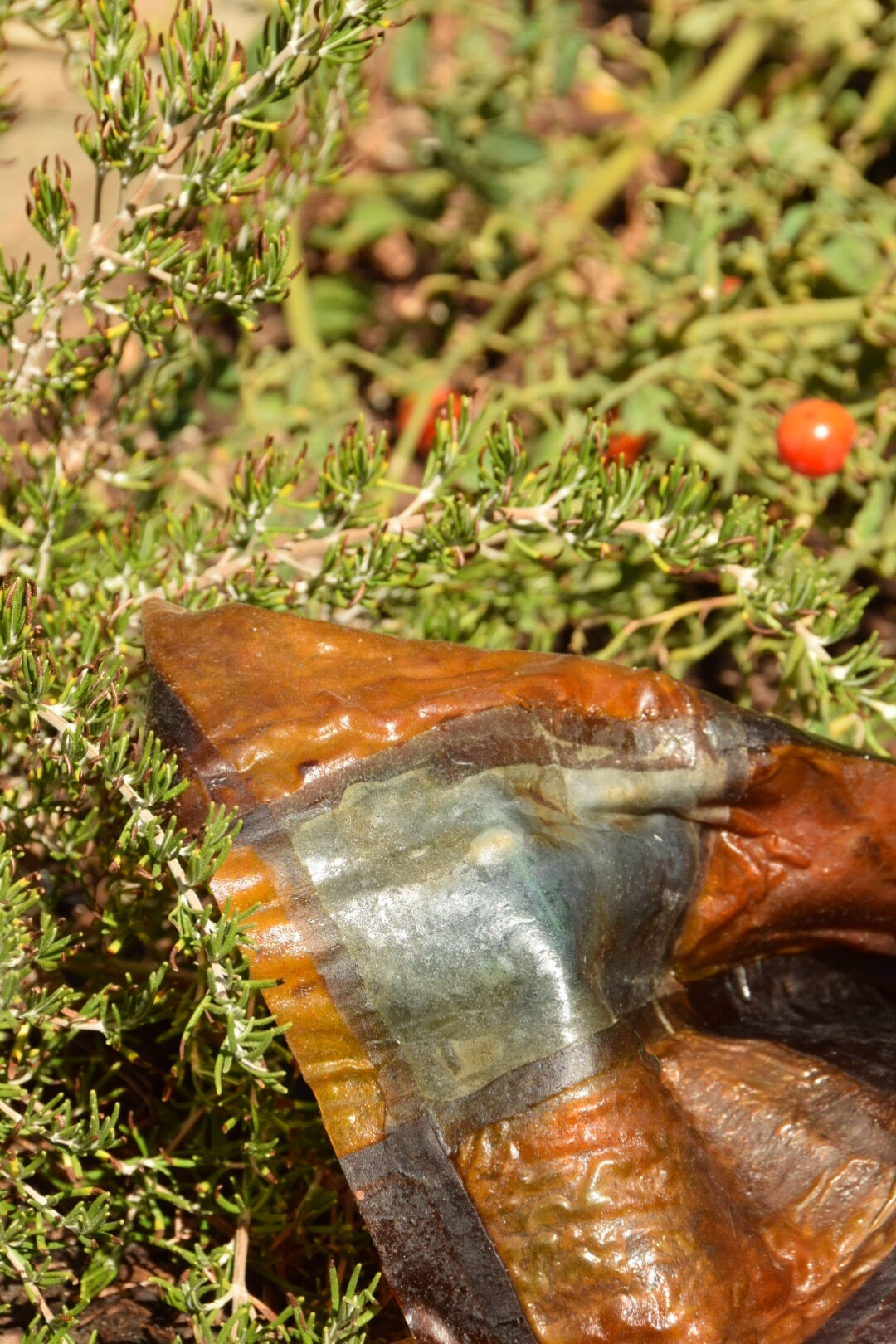
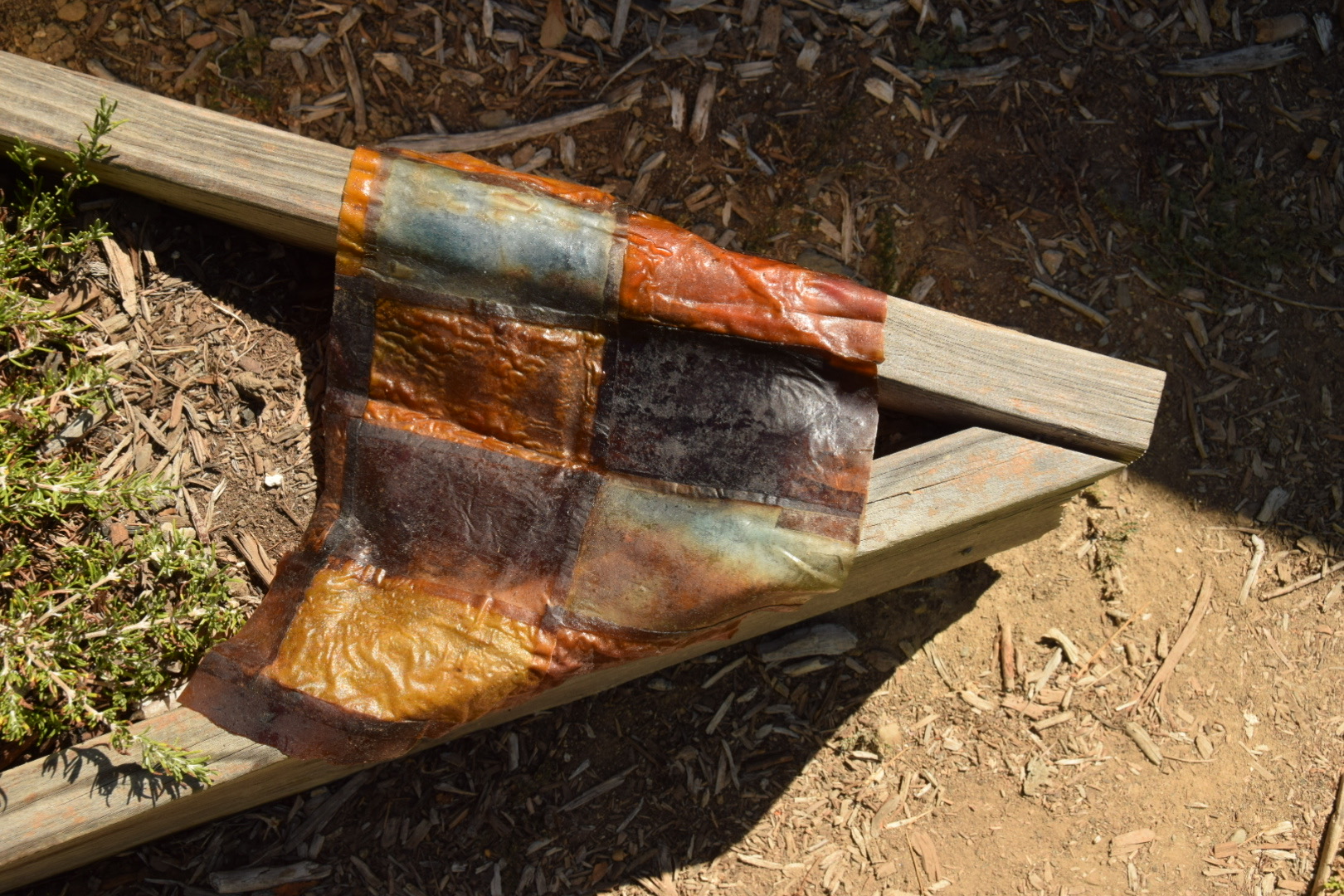
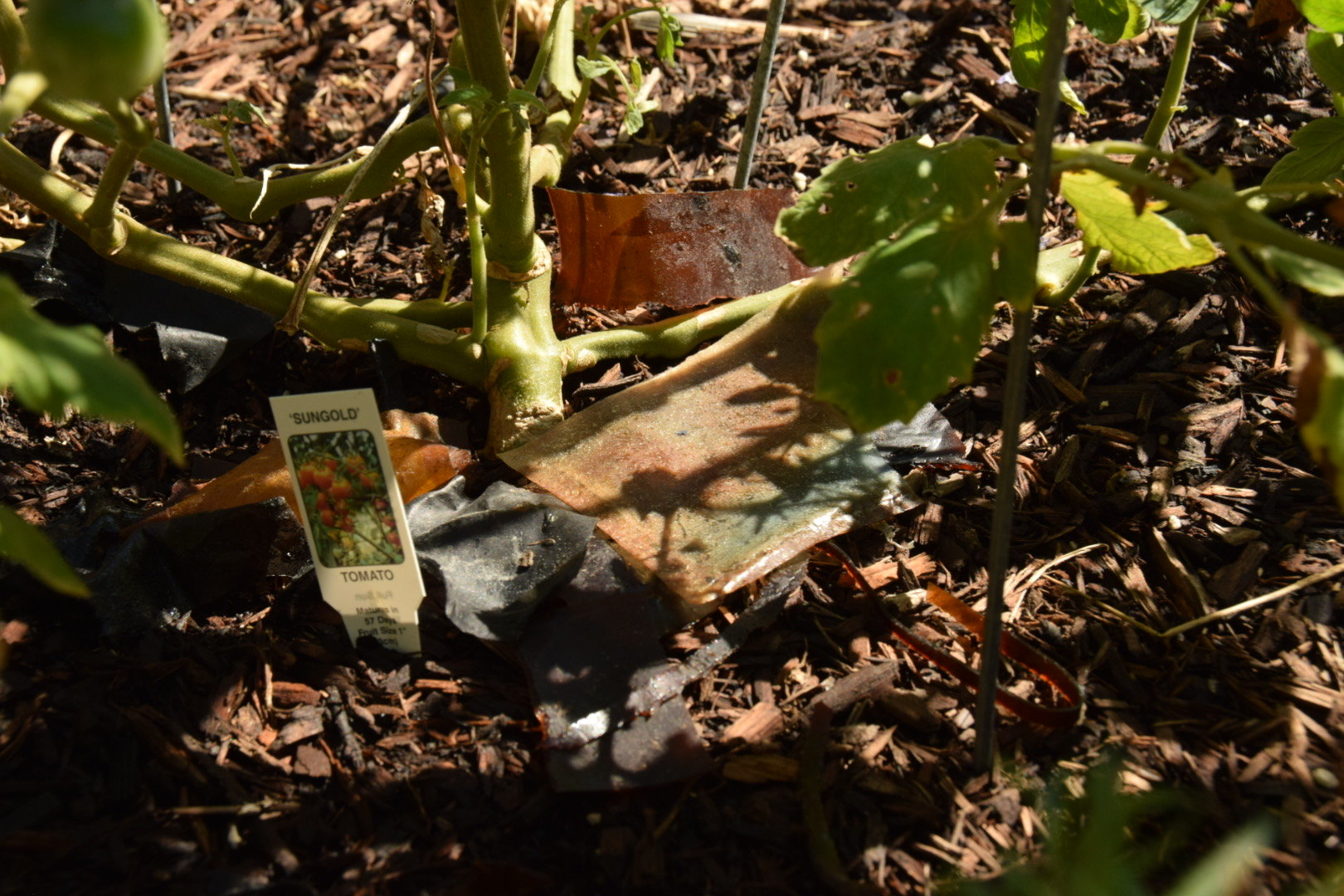
Nutrient rich patchwork skirt in our vegetable garden in California
Being made of seaweed and glycerin with natural dyes, this project was highly nutrient rich and edible (not bad, I tasted). Seaweed is highly alkaline, but the acidic coffee that made up a large proportion of the dye neutralizes this, making the bioplastics a decent fertilizer for acid-liking tomatoes and alkaline-liking rosemary.
For a more detailed portfolio, click here

Selected Works
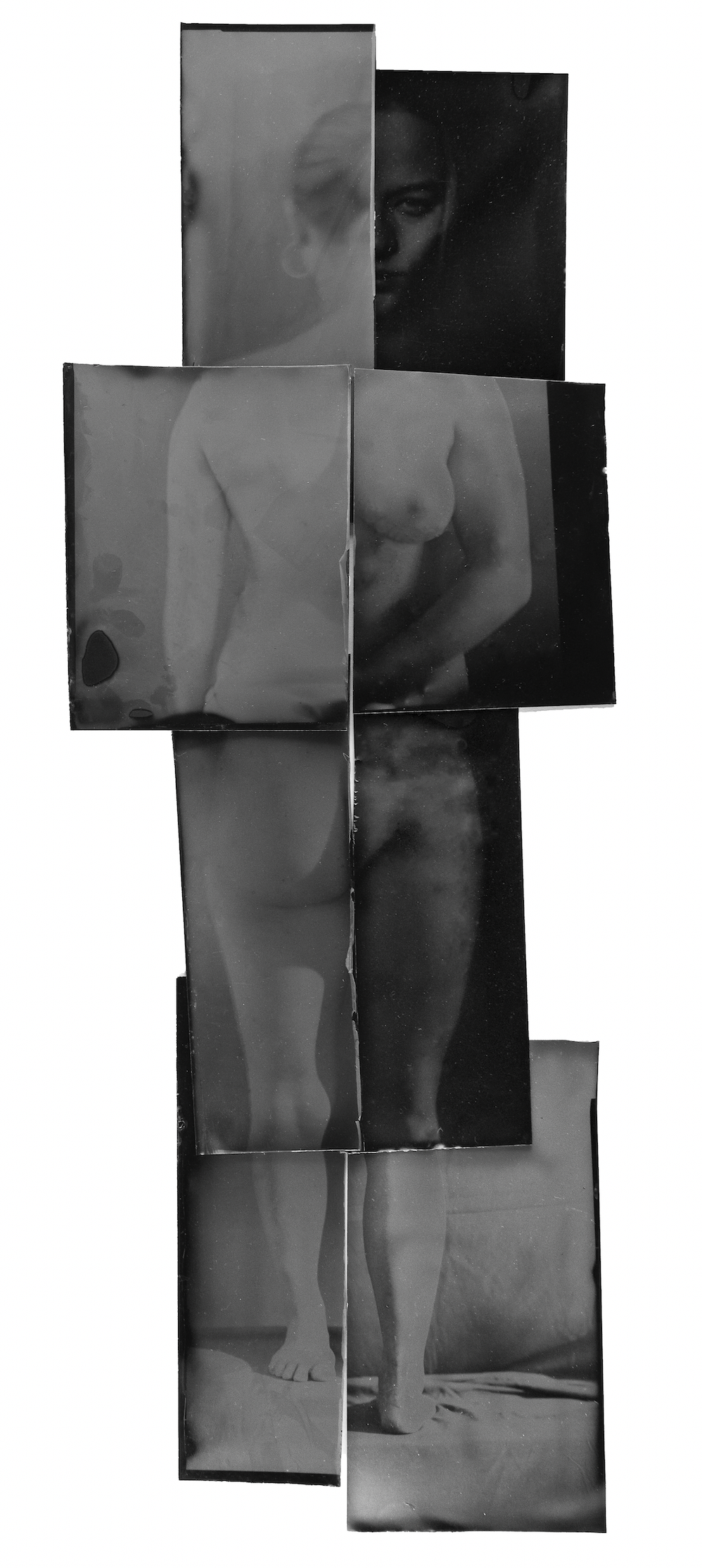
Exquisite CorpseConceptual Photography
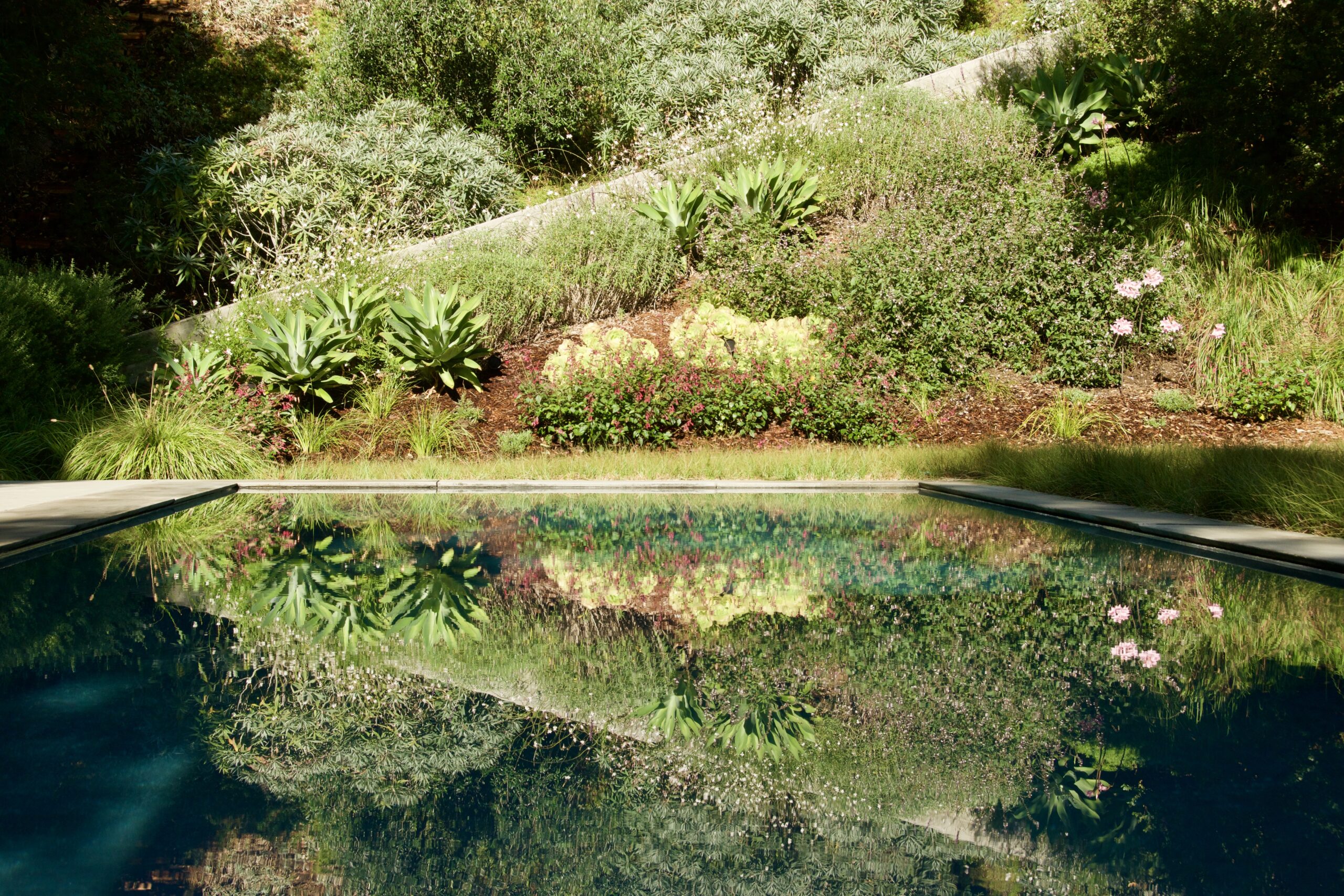
GardensClient Work
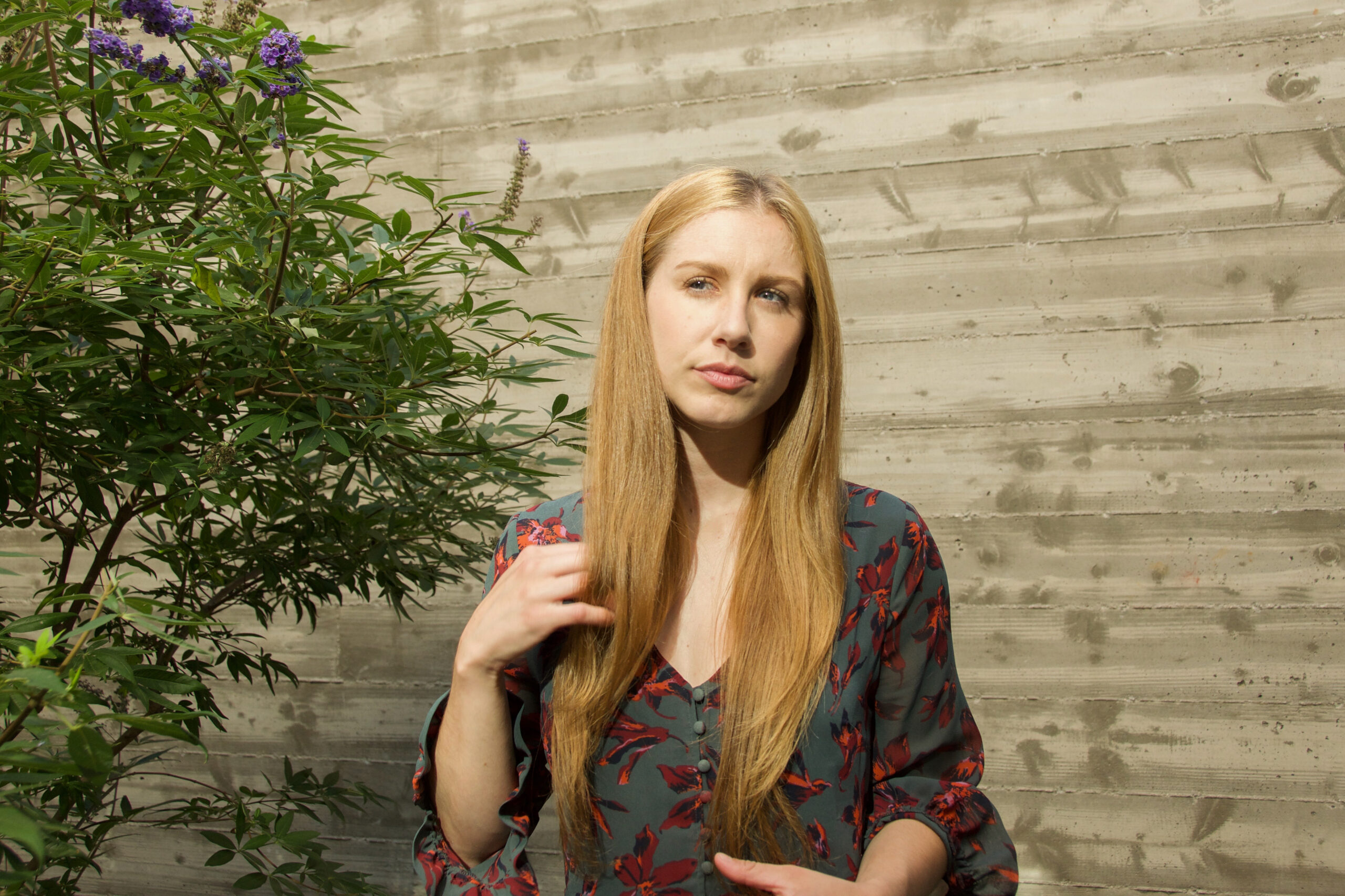
HeadshotsClient Work
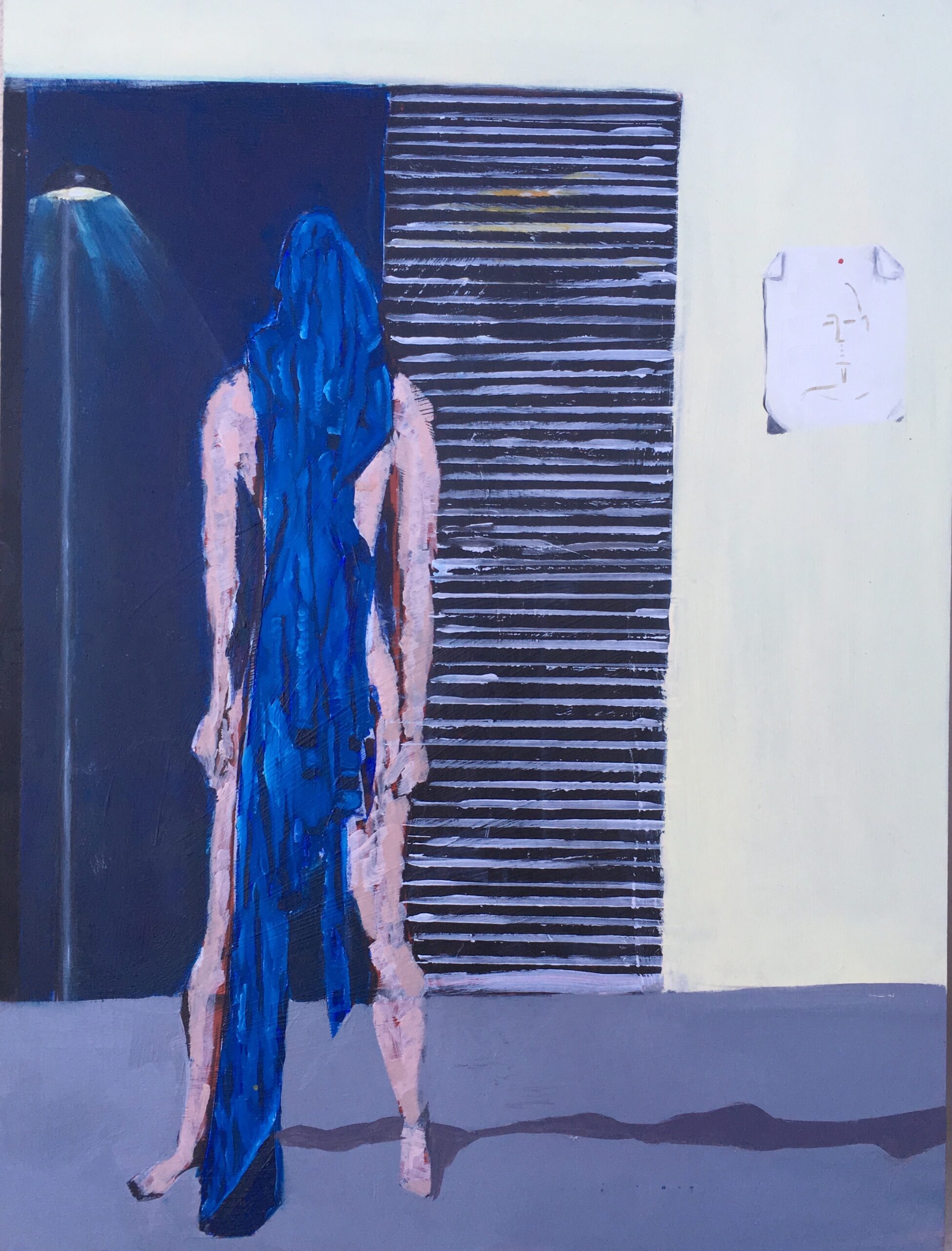
Bodies SeriesPainting

SatelliteScreenshotsConceptual Photography

BaoSculpture
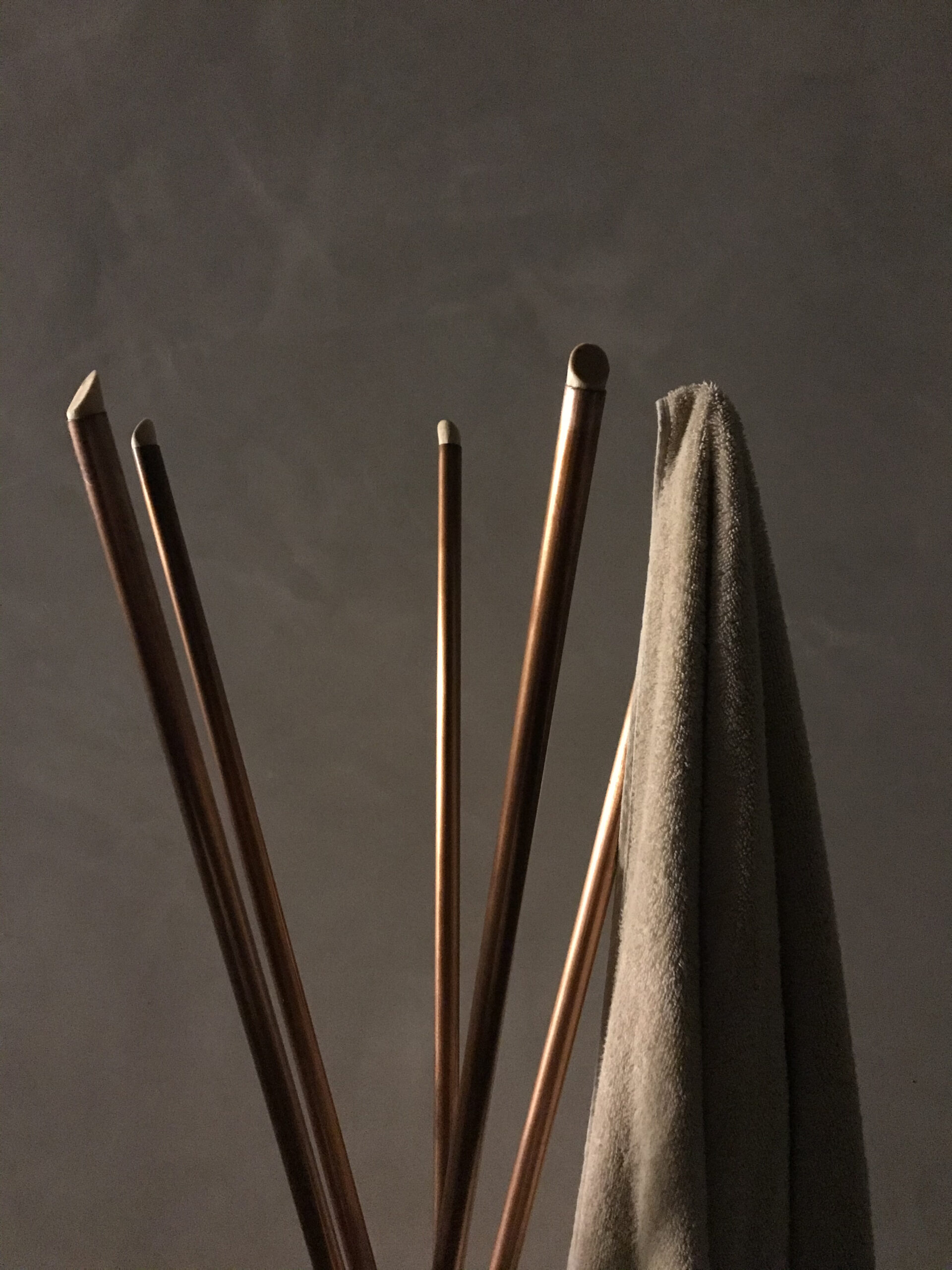
Towel StandFurniture
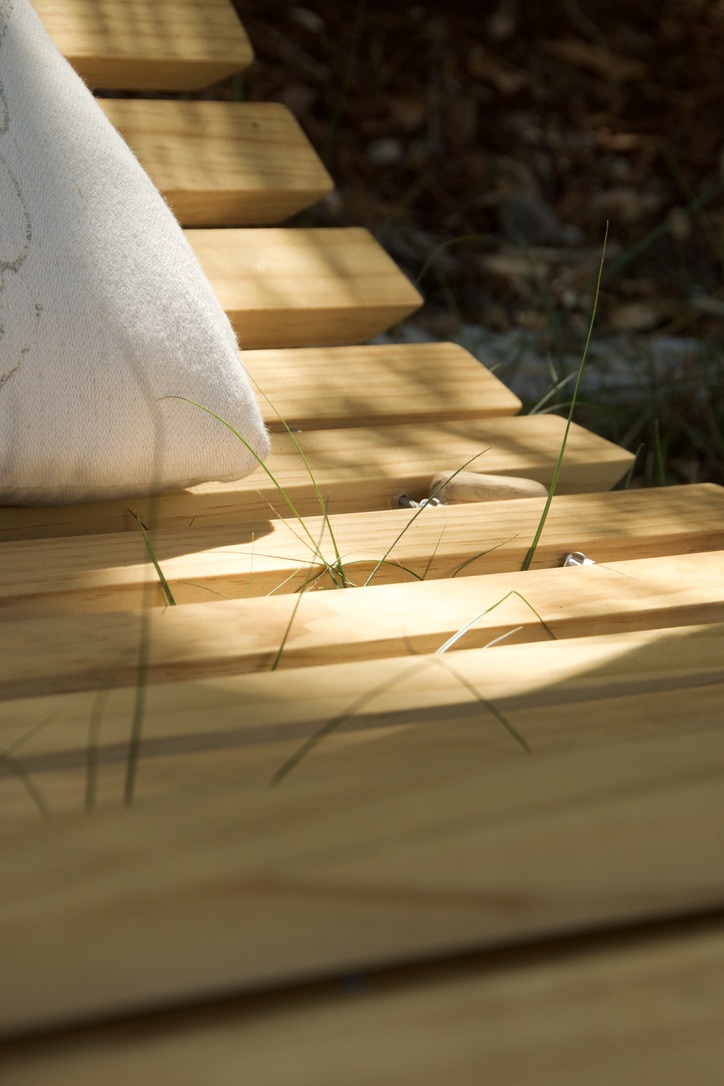
Lounge ChairFurniture
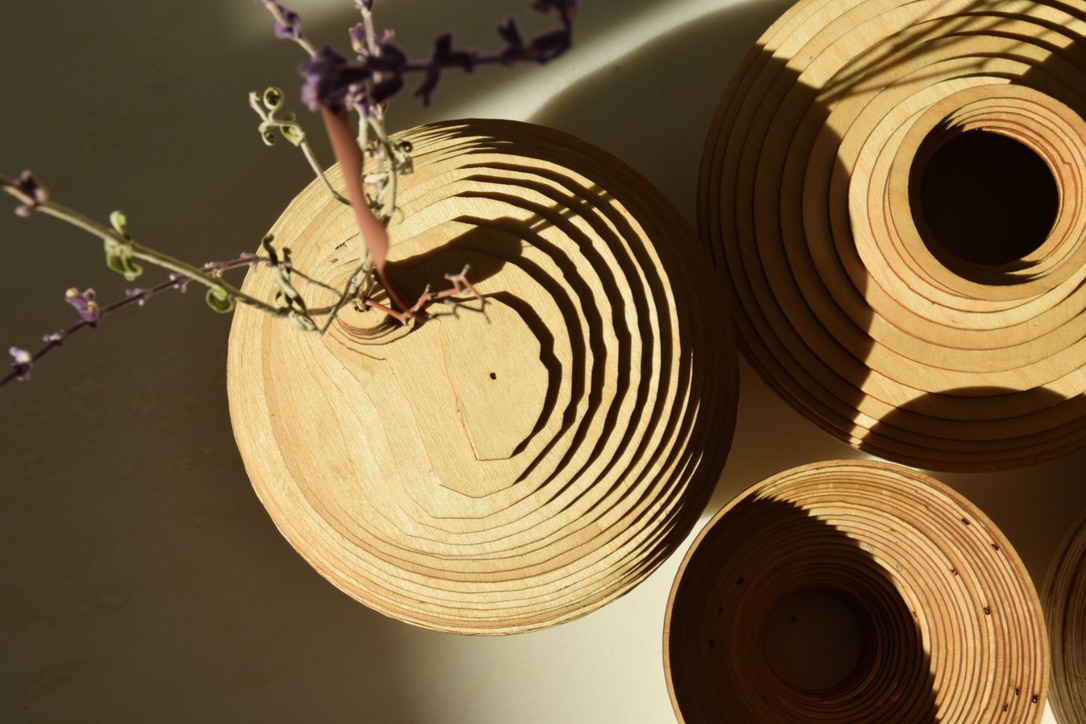
Laser Cut VesselsObject
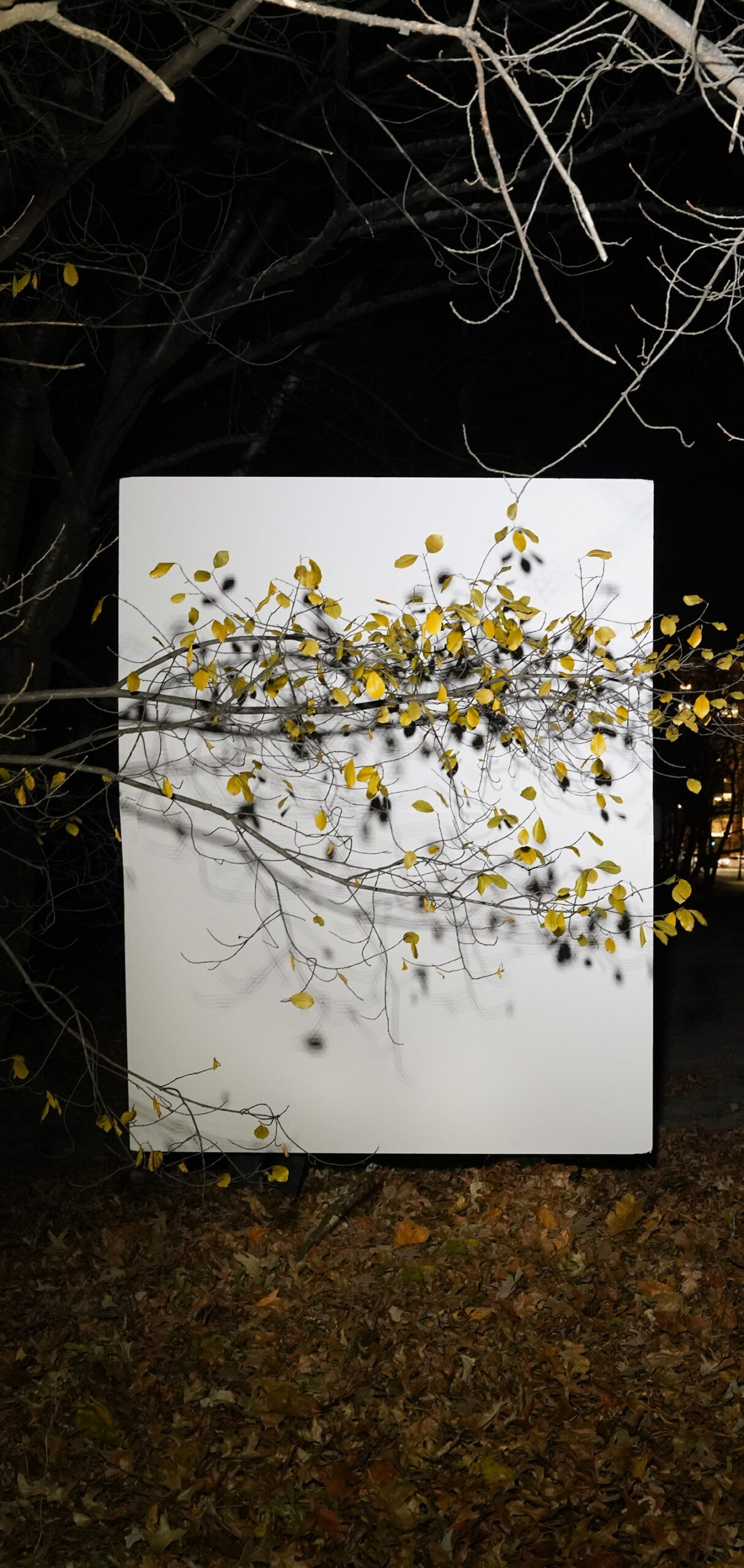
Urban EcologiesPhotography
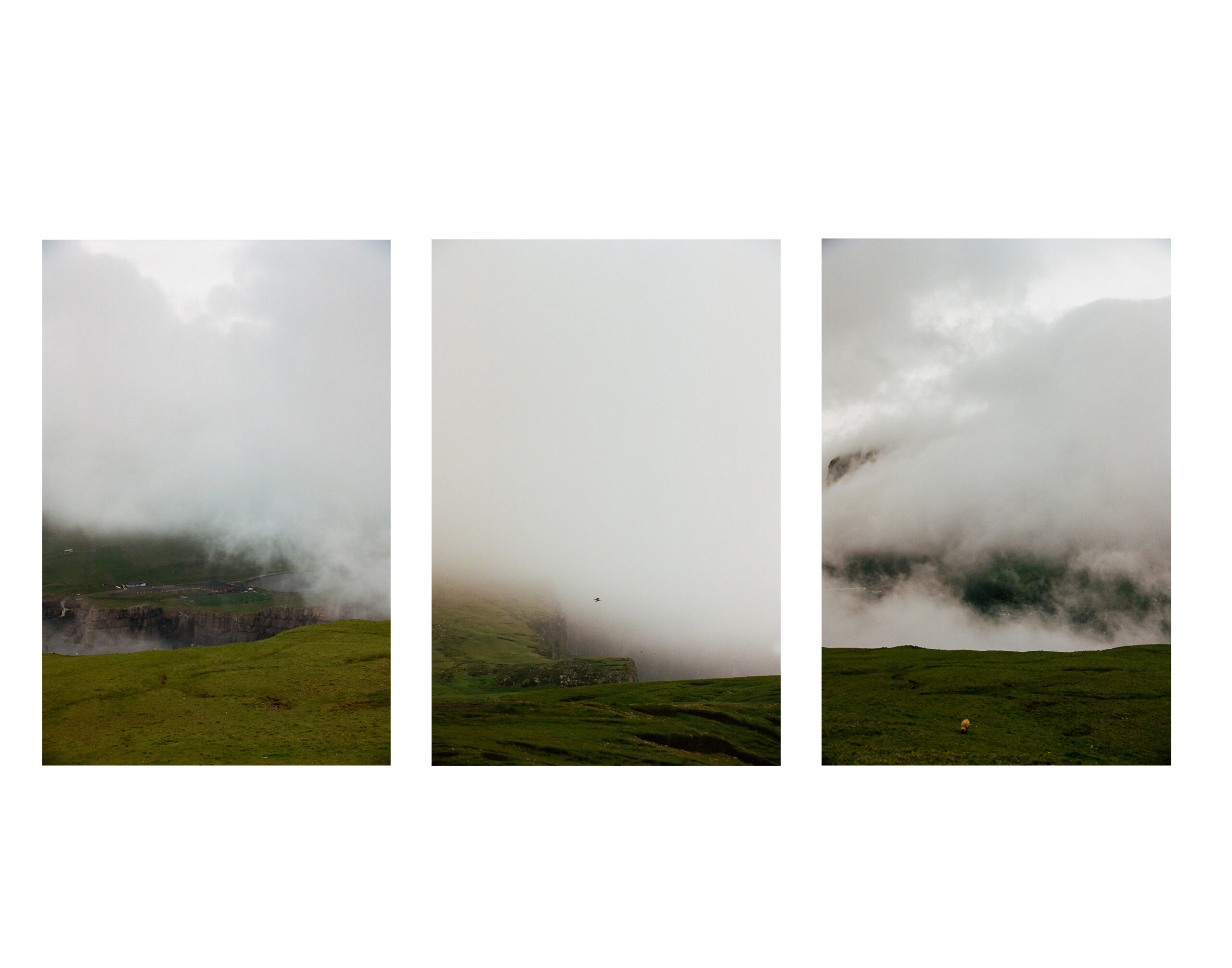
Misc. FilmPhotography
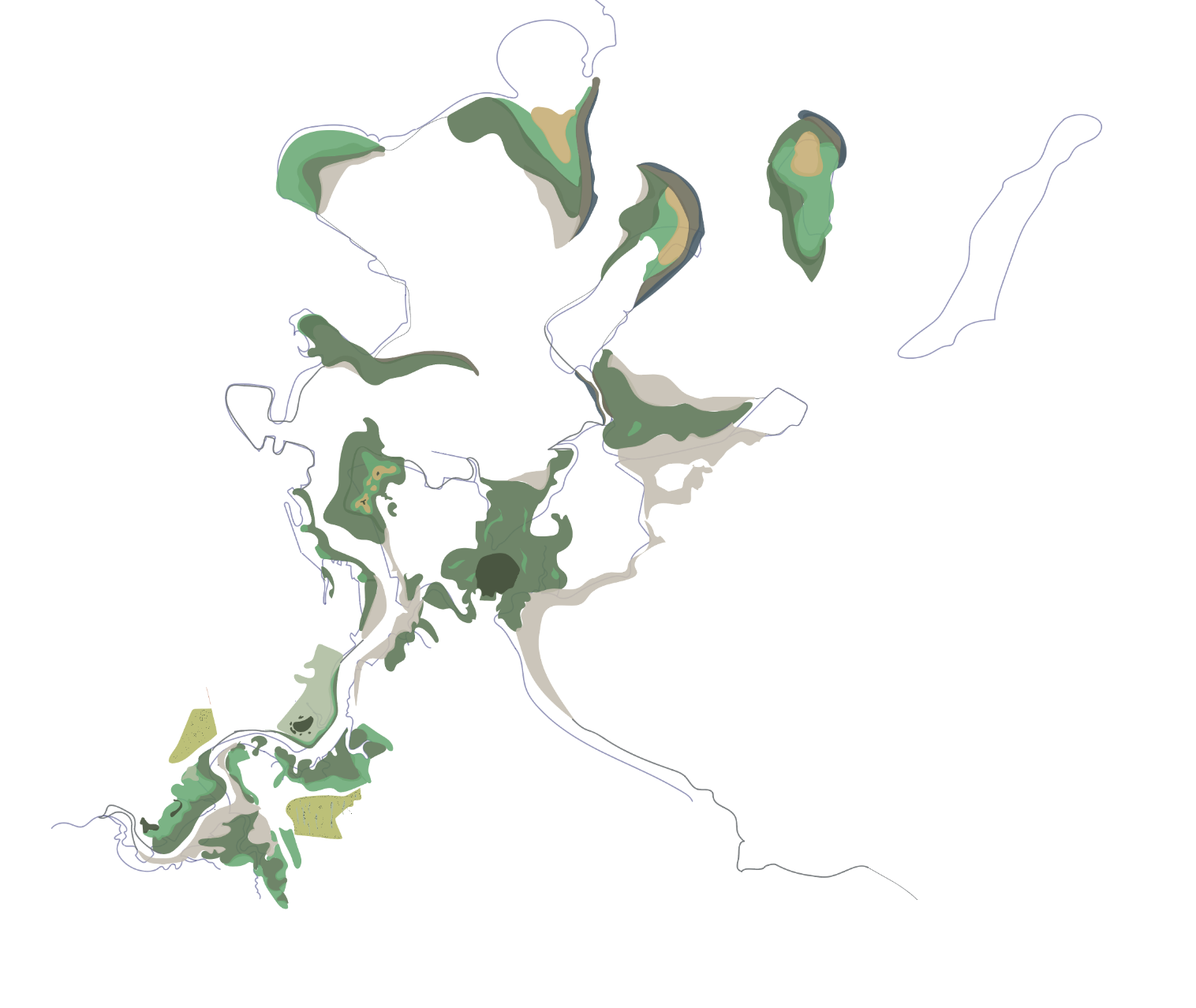
Neponset Estuary SanctuaryLandscape Architecture
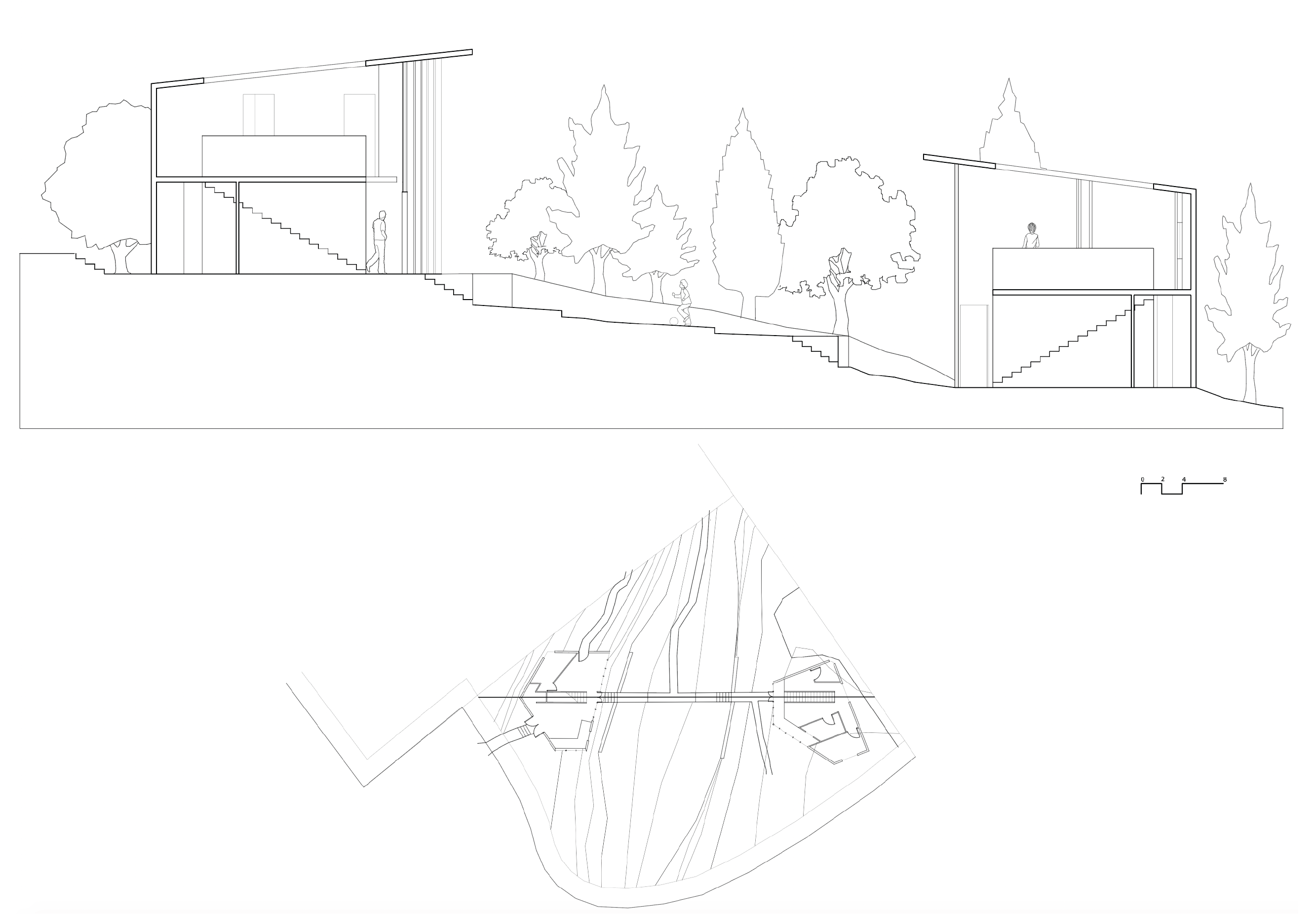
First Year FinalArchitecture
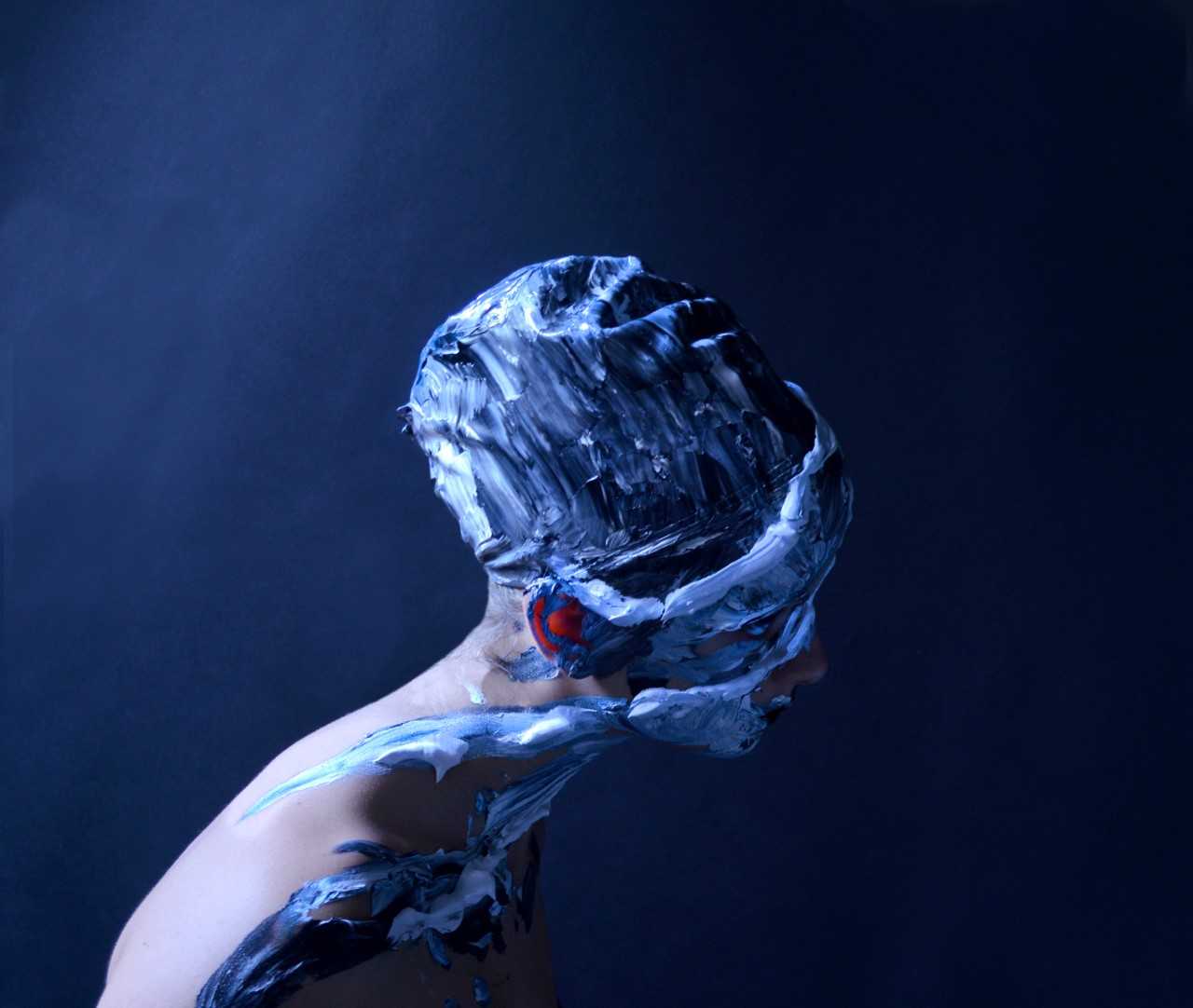
ZenithPhotography
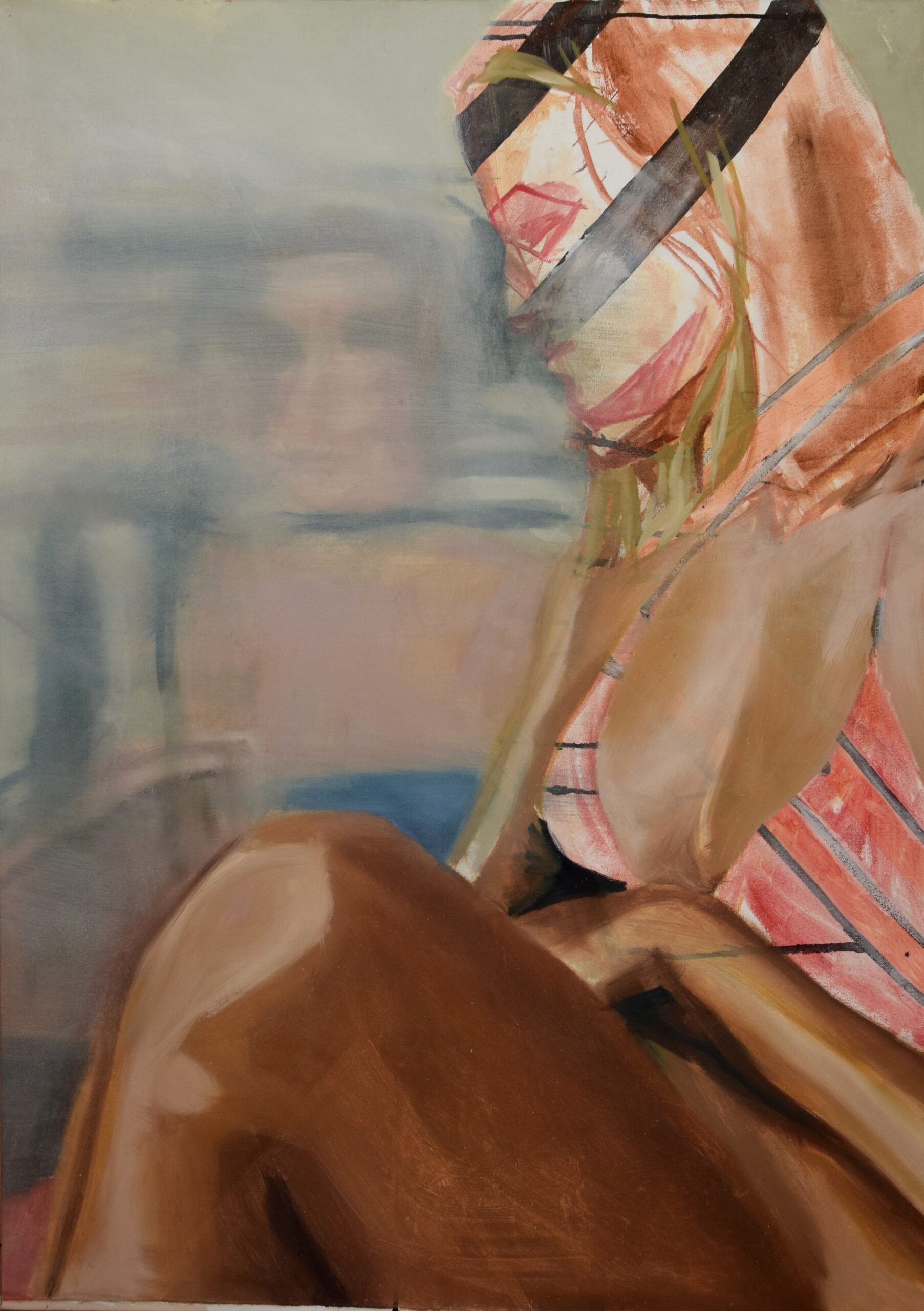
PaintingsPainting
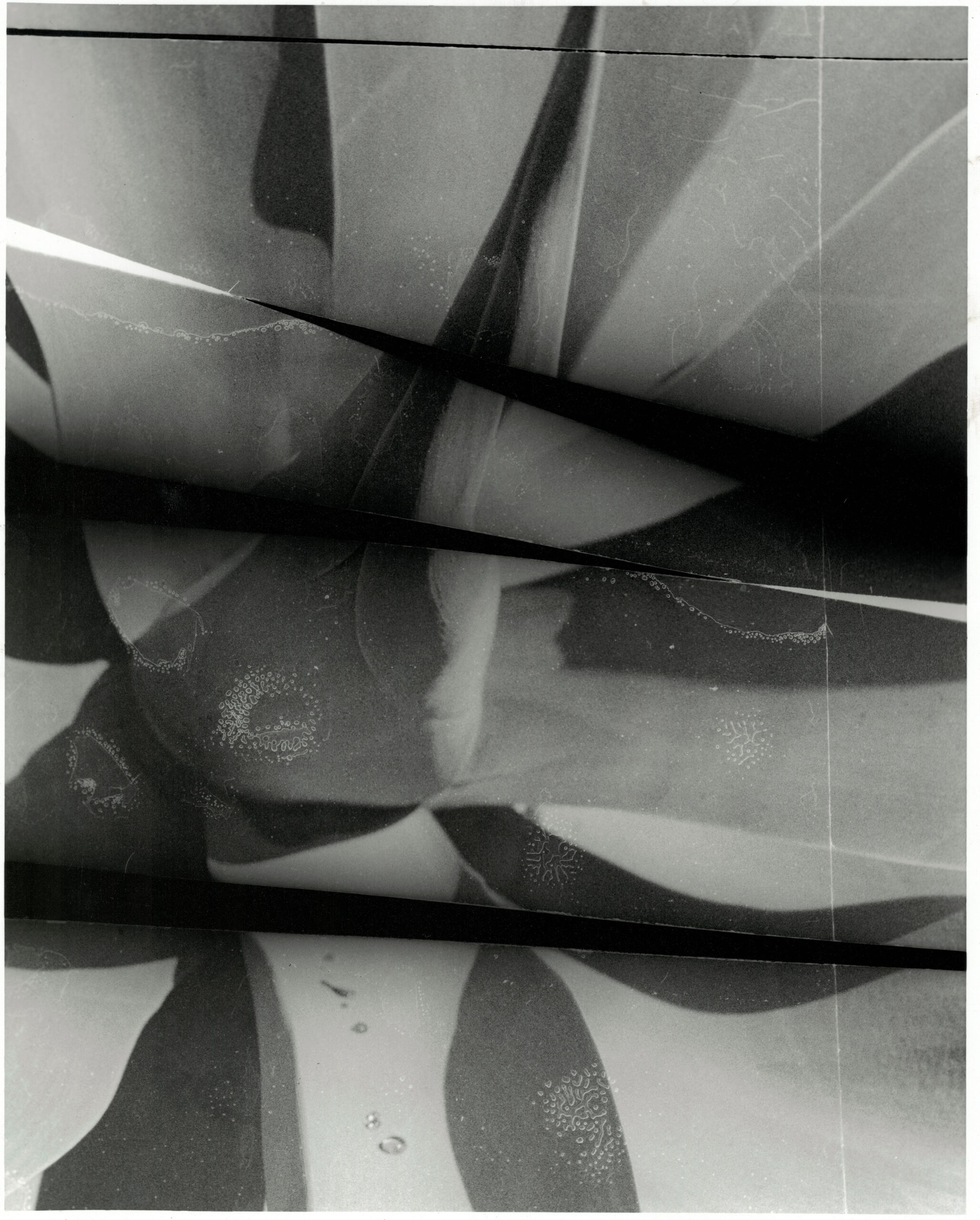
Dark RoomPhotography
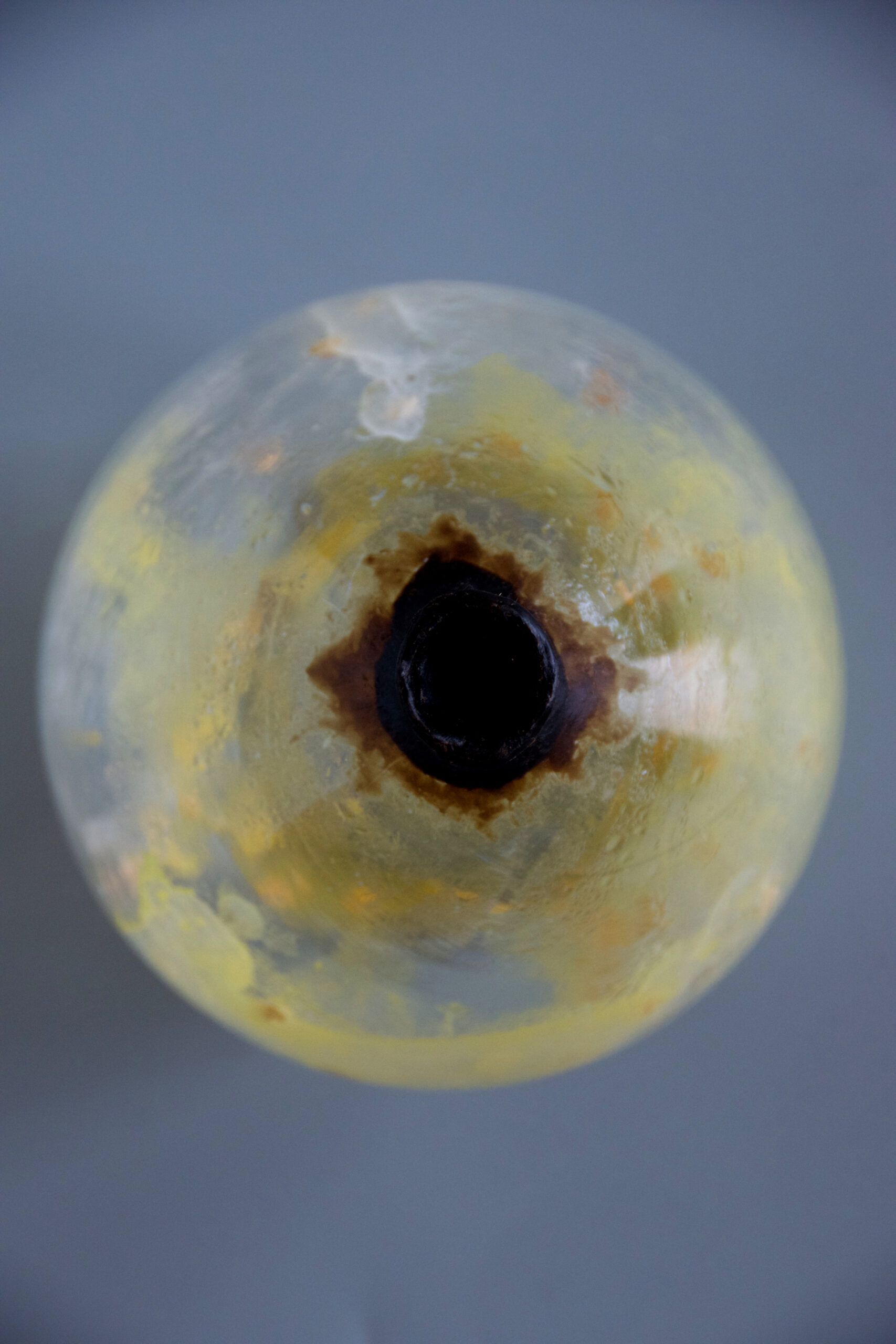
Mold As MediumConceptual